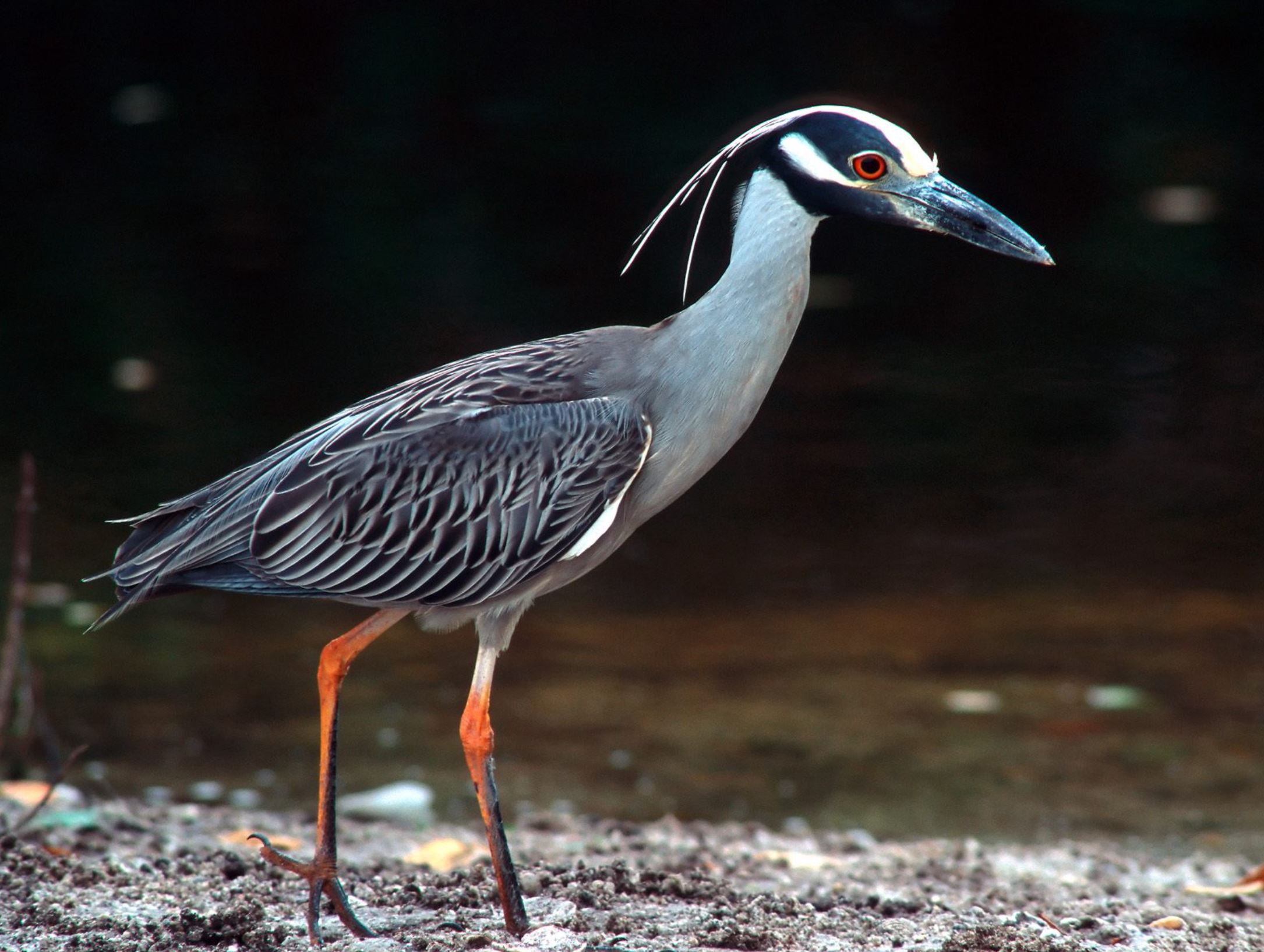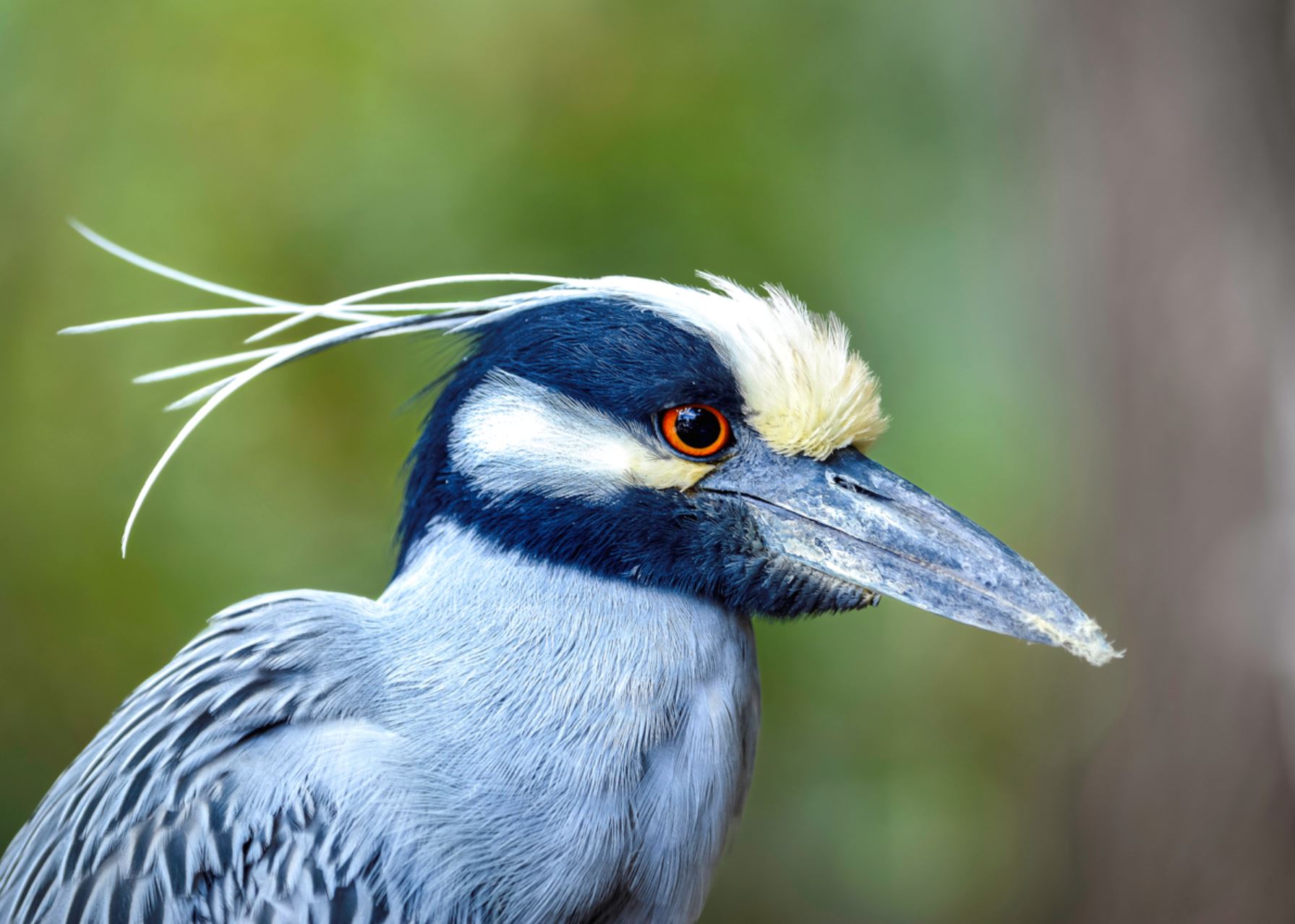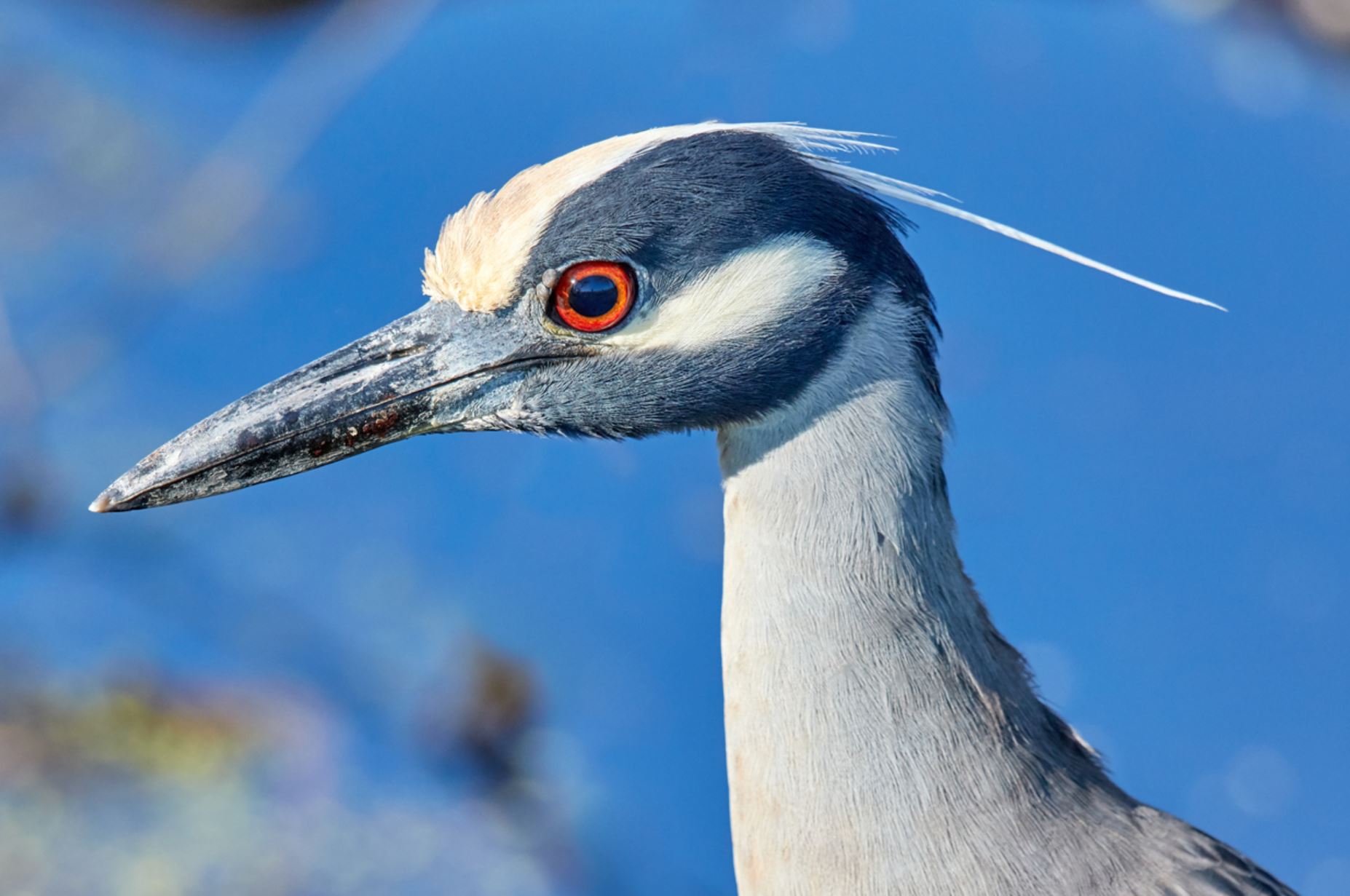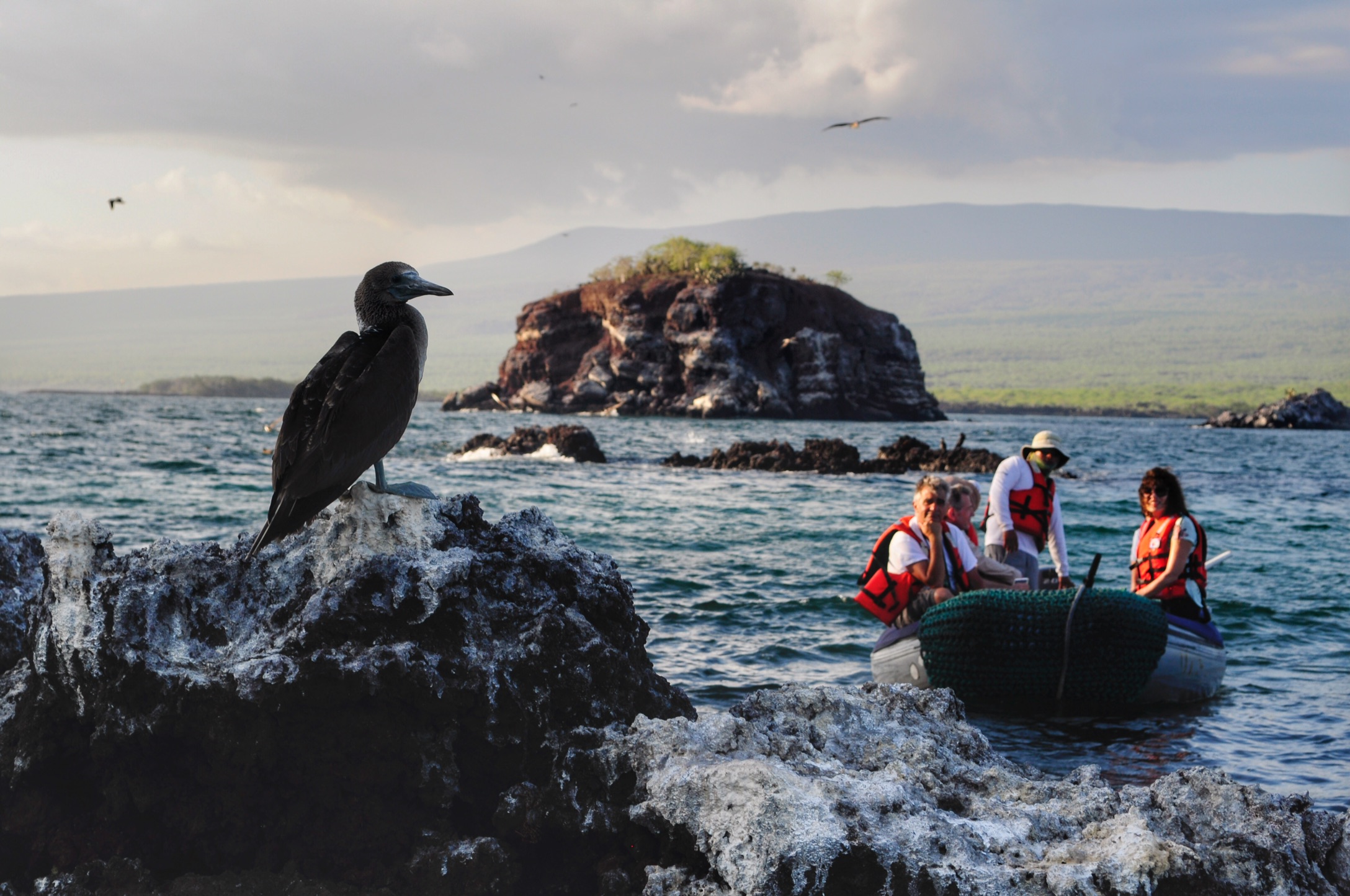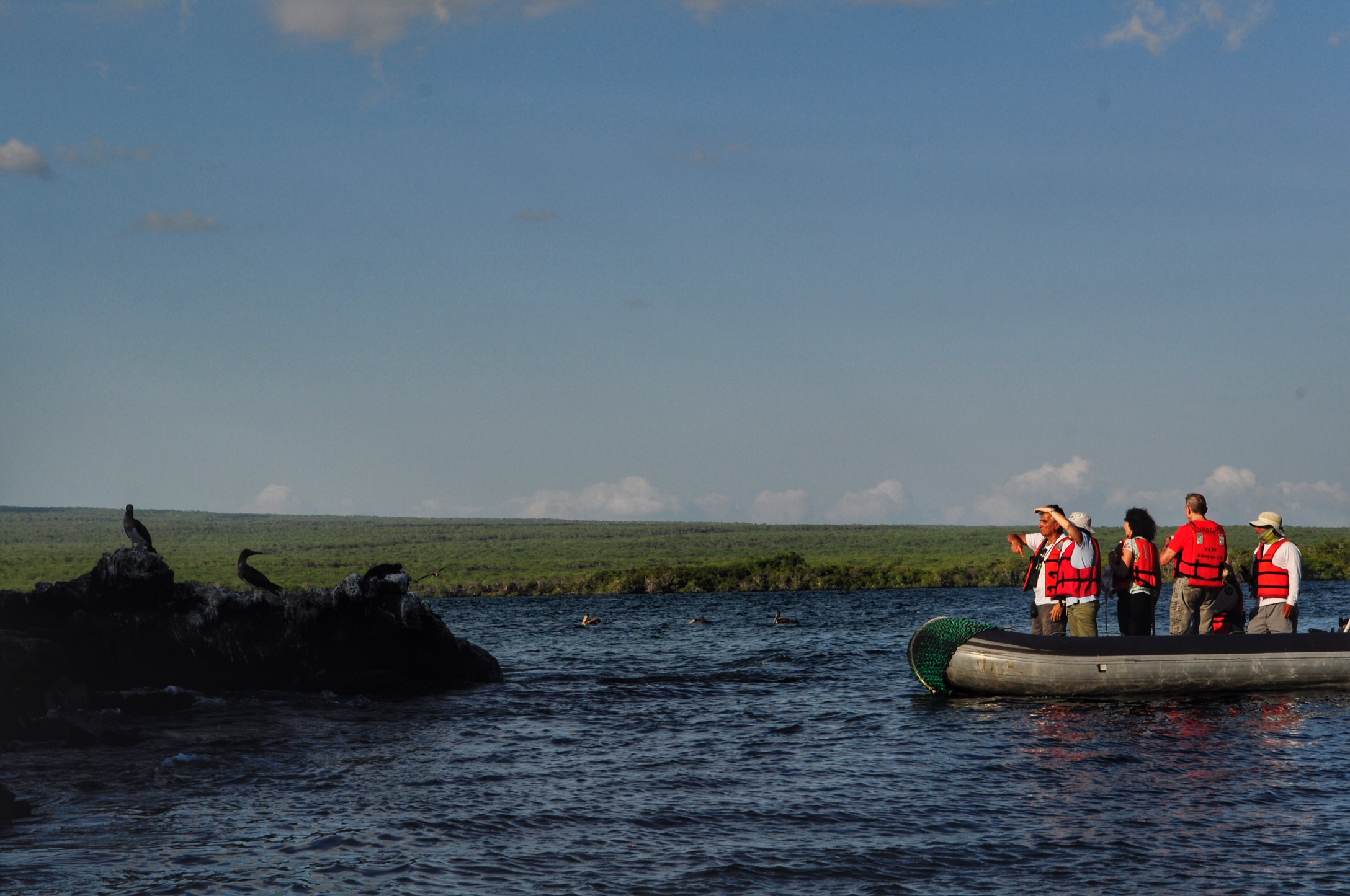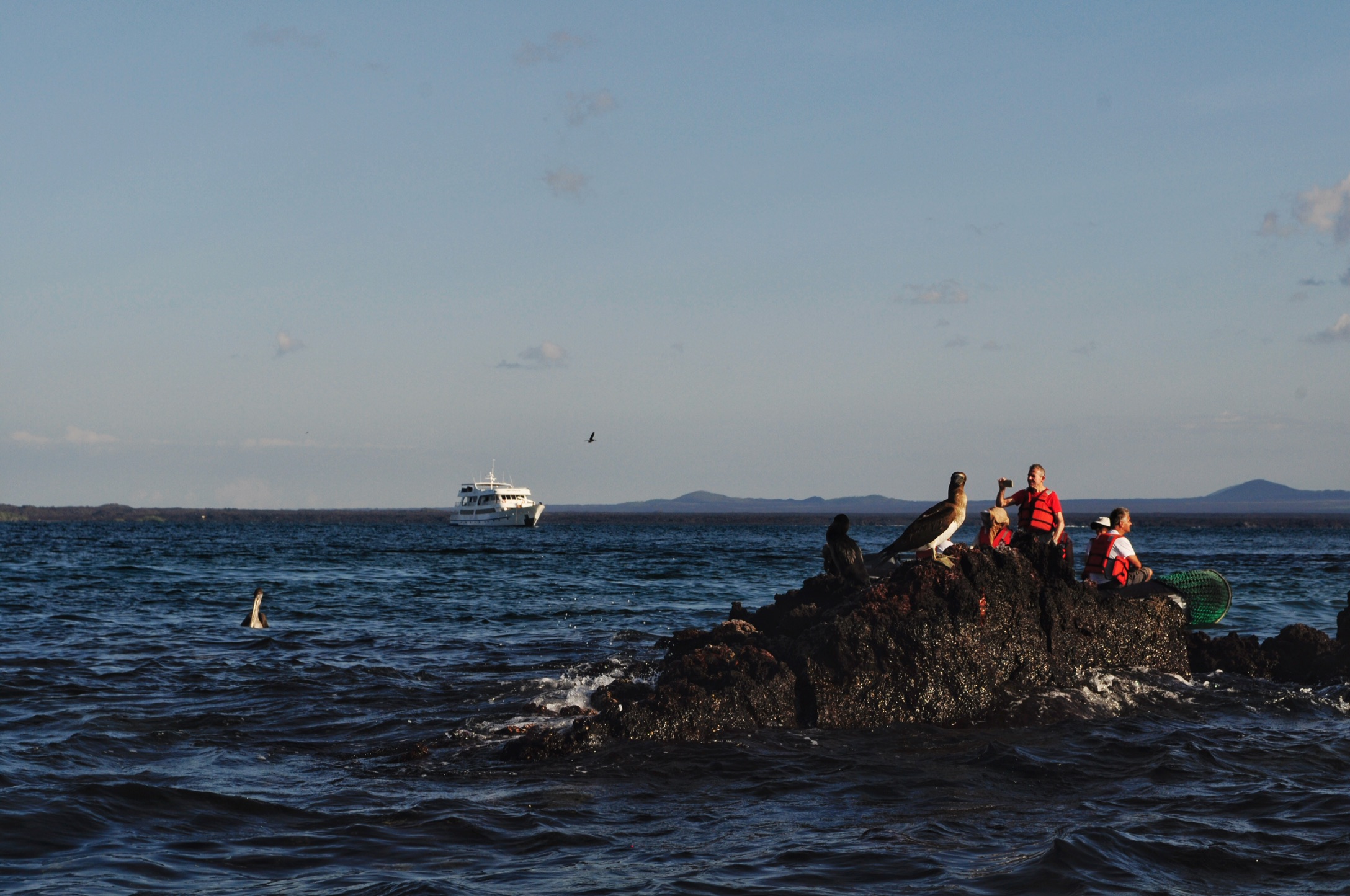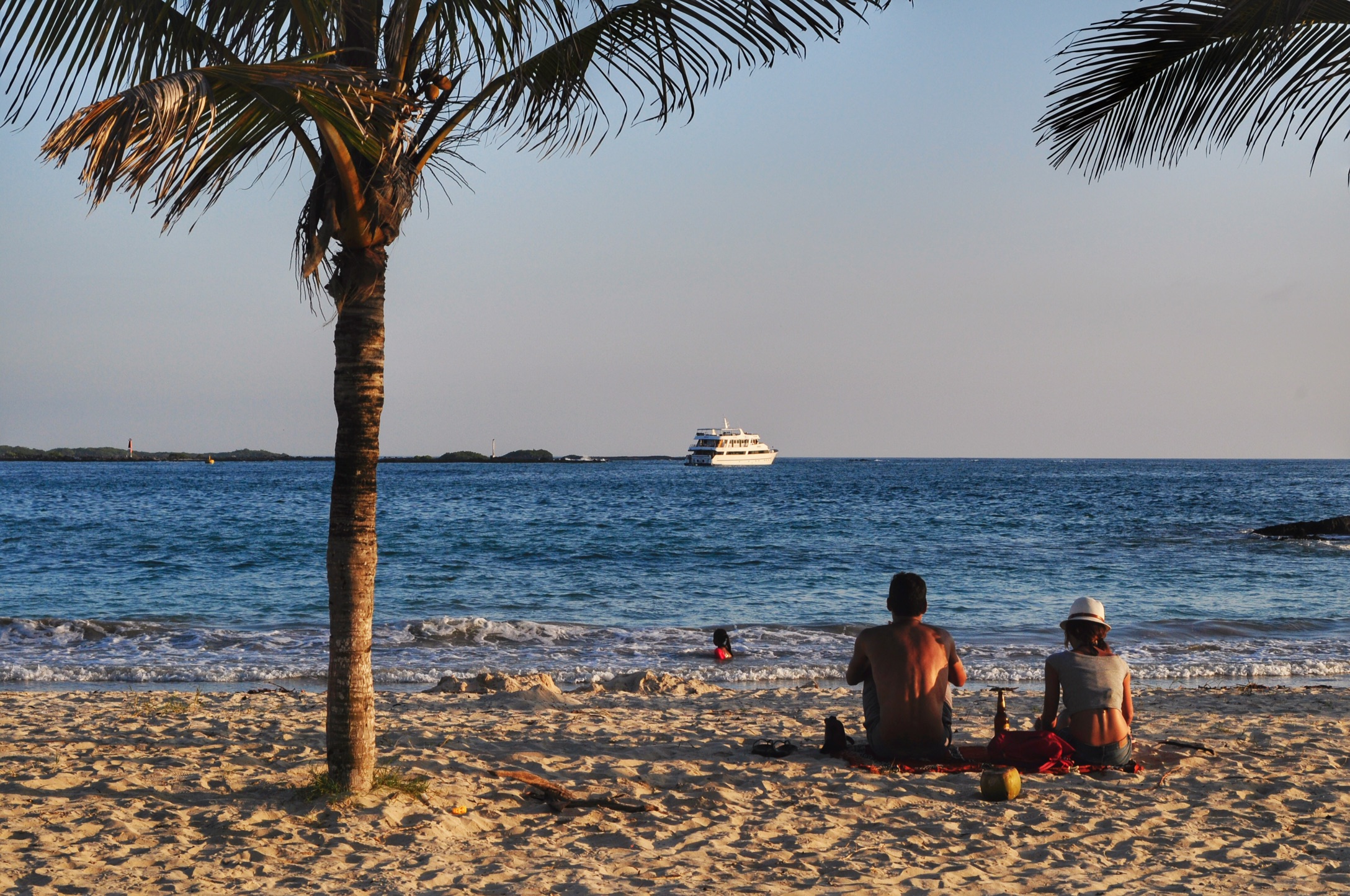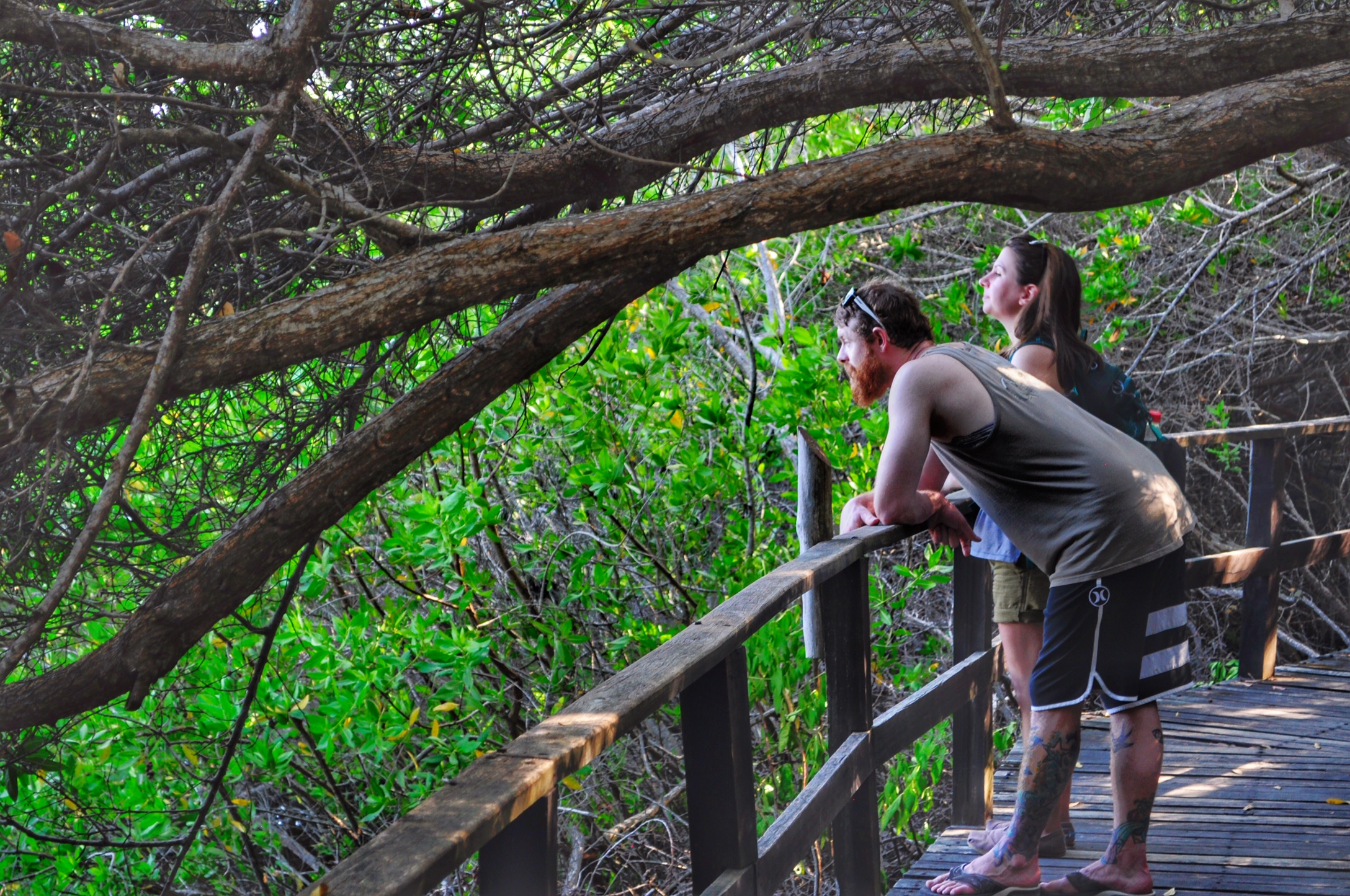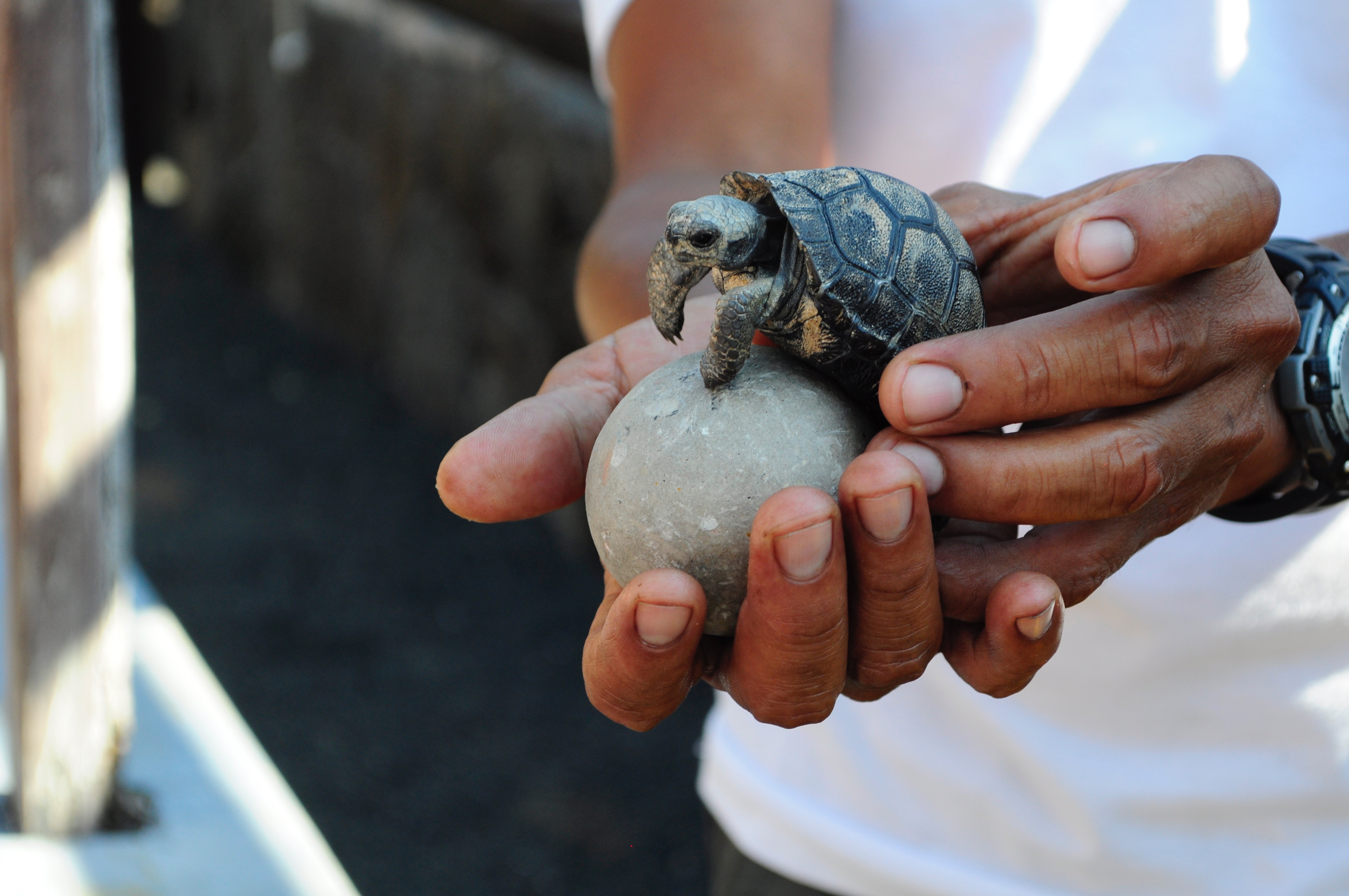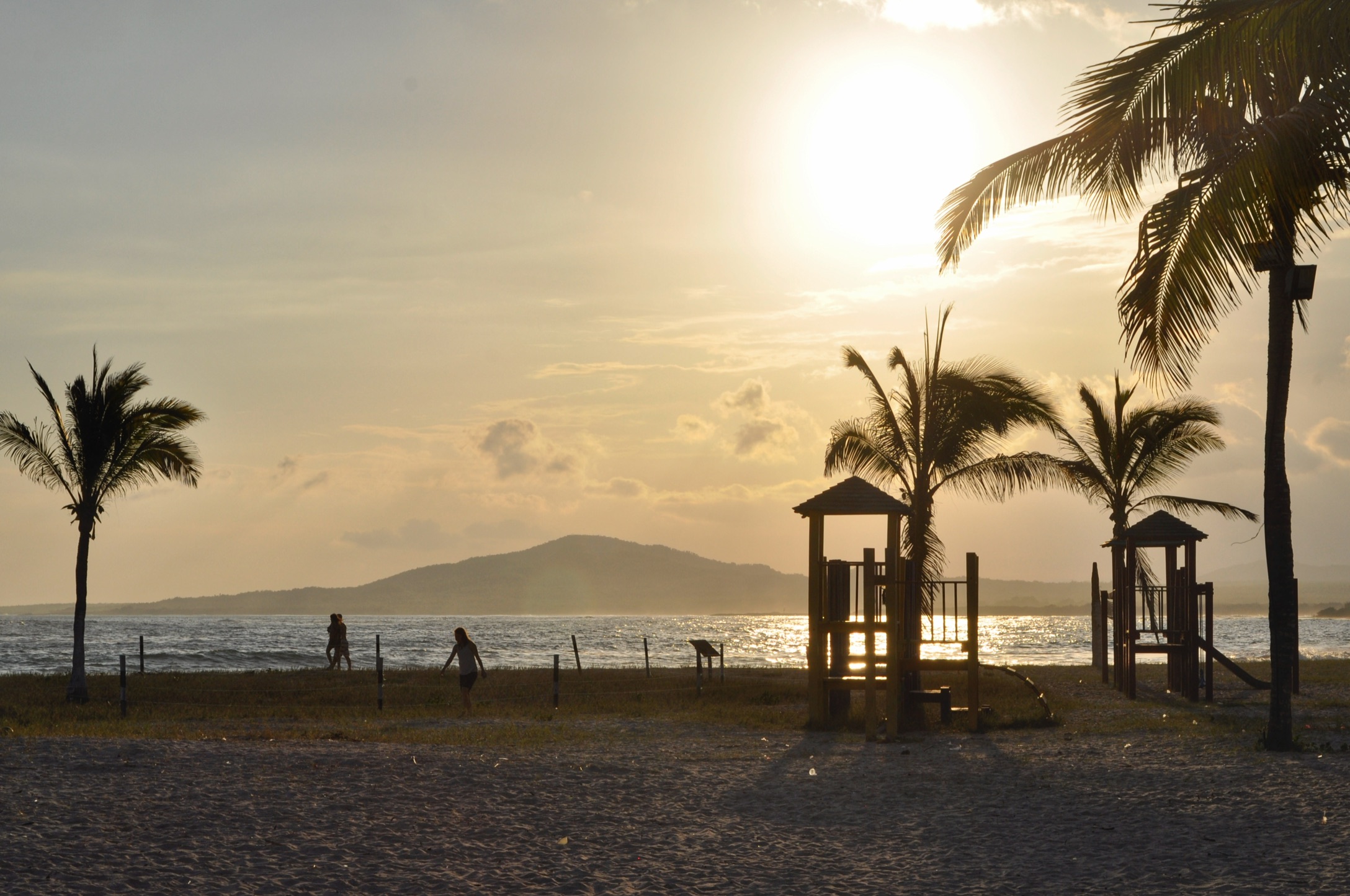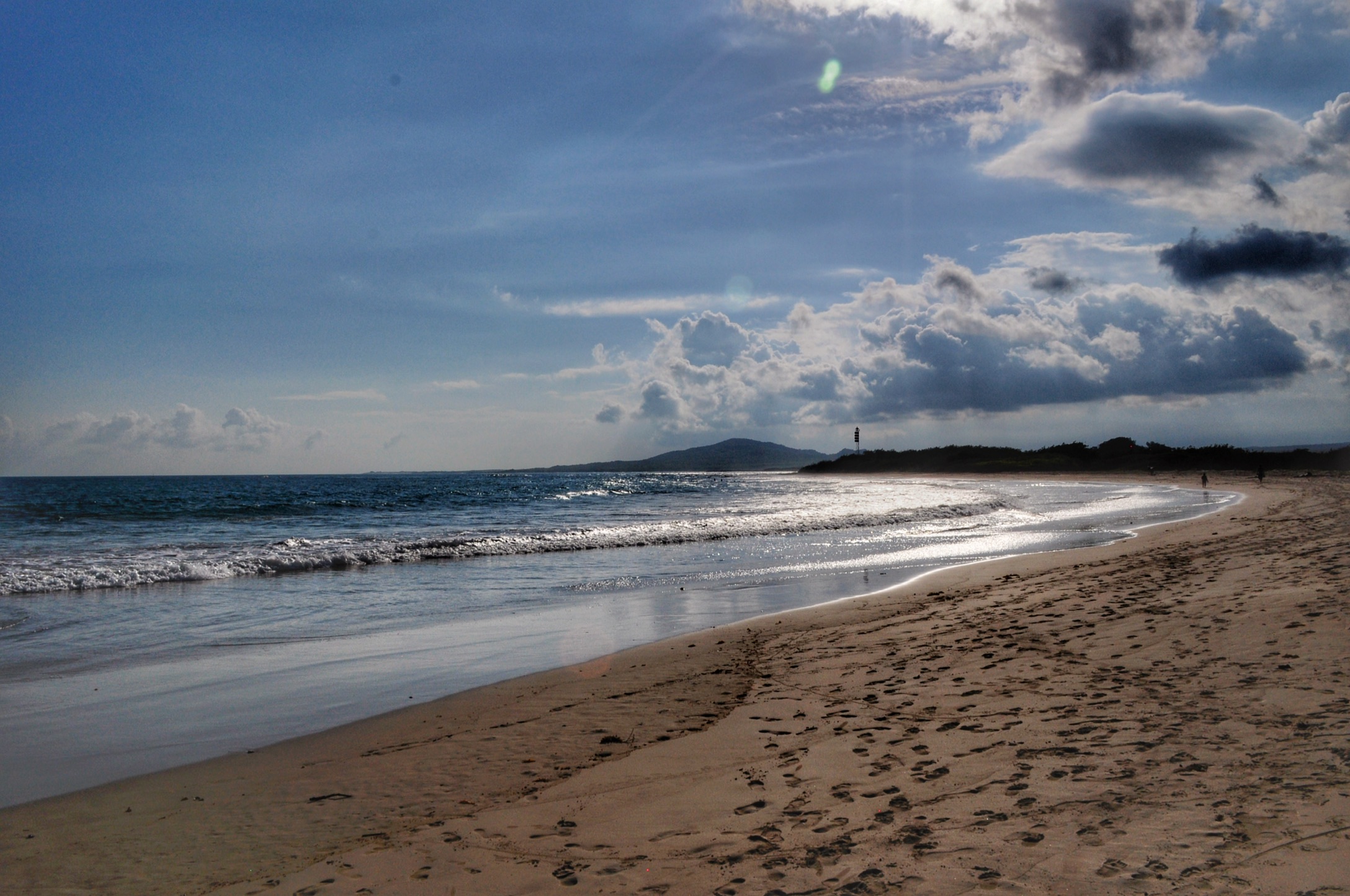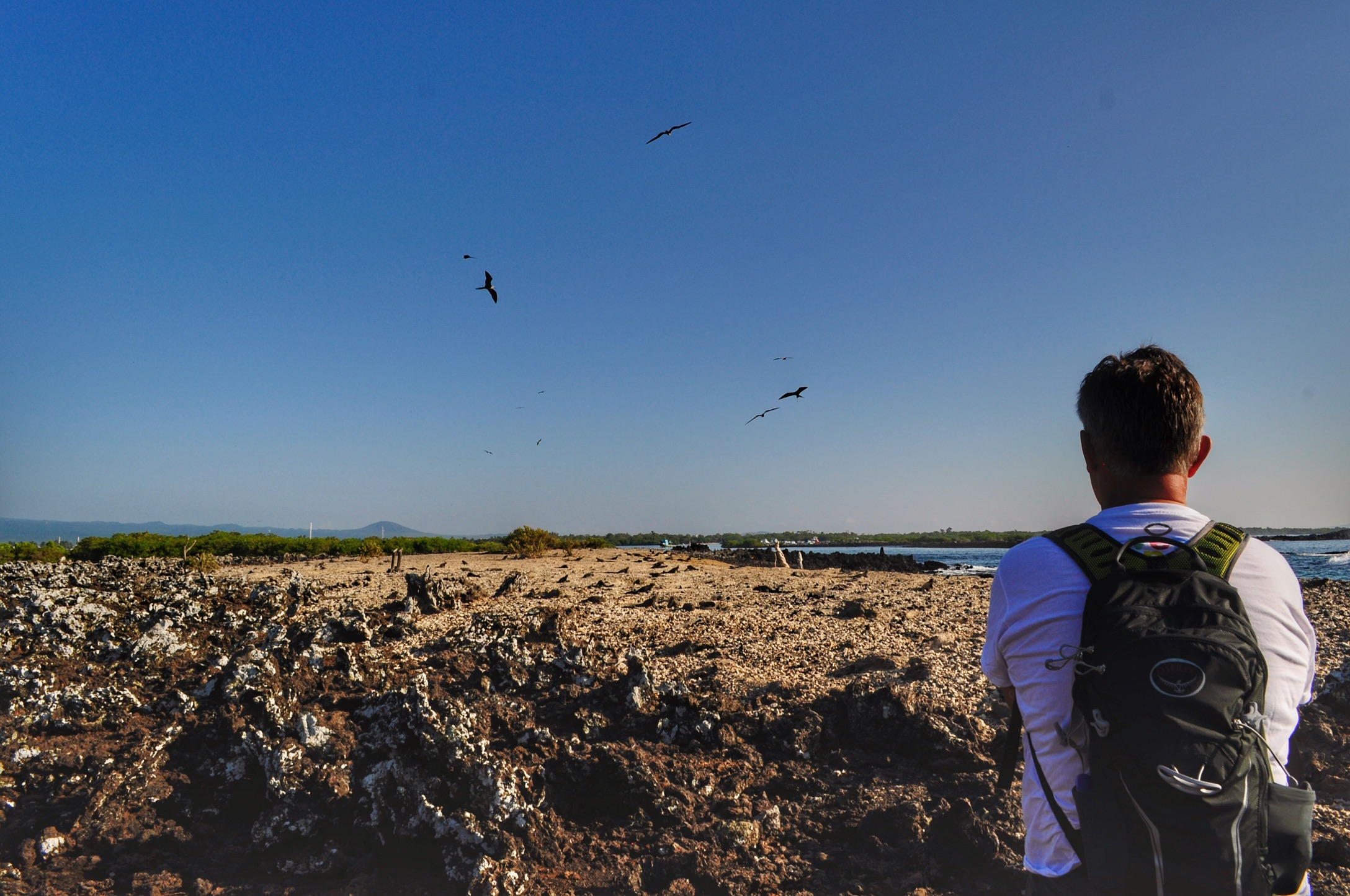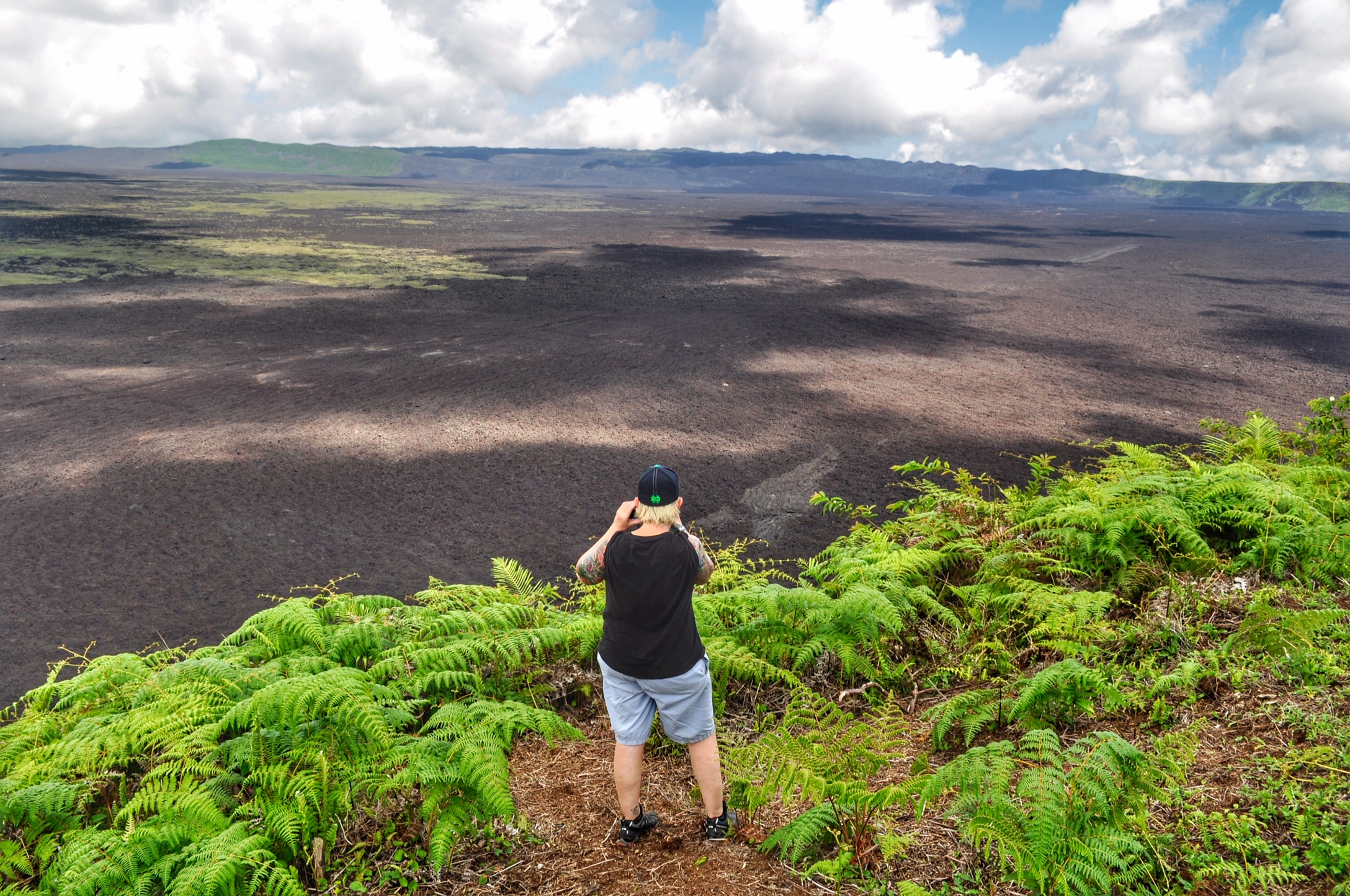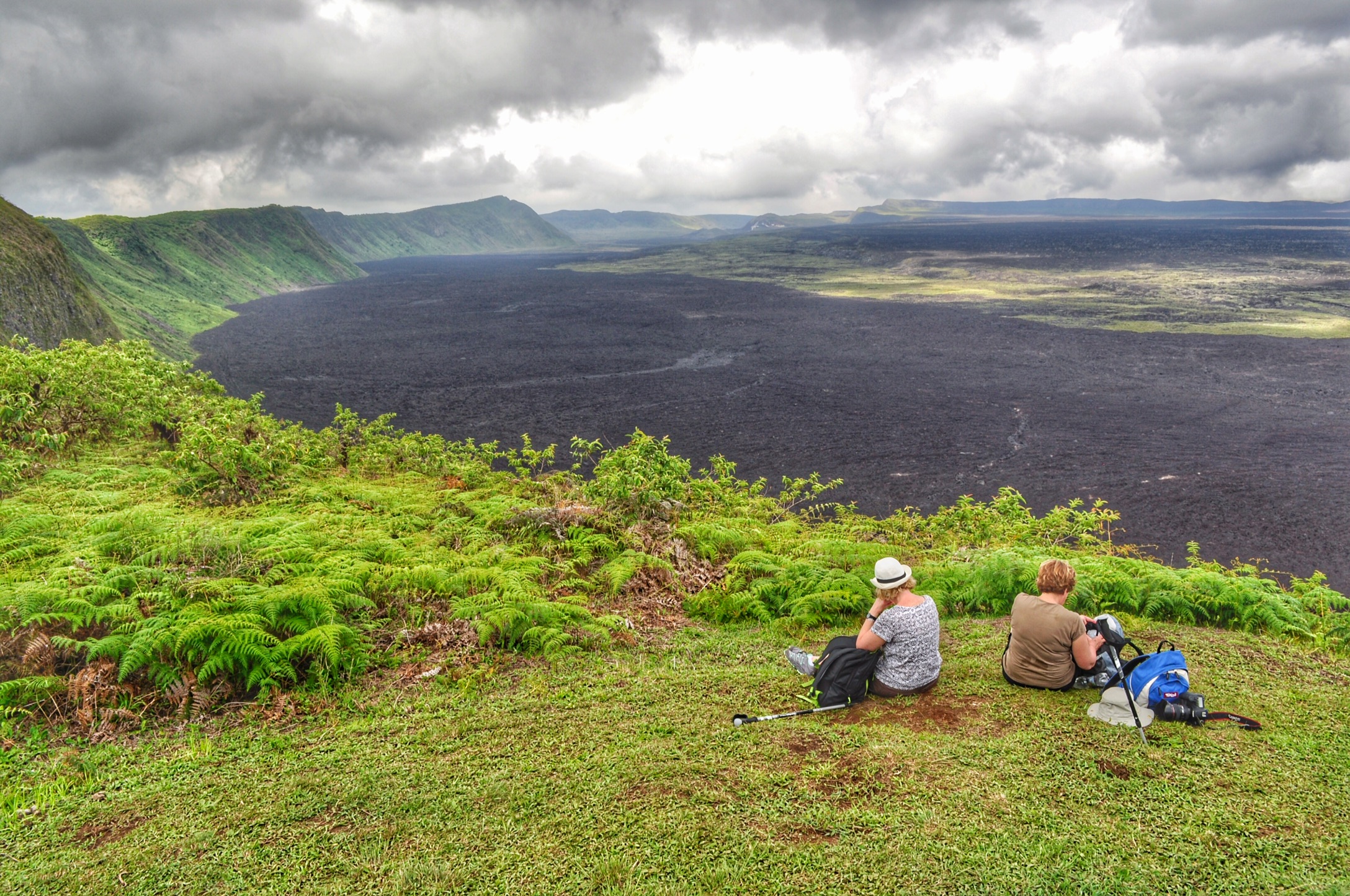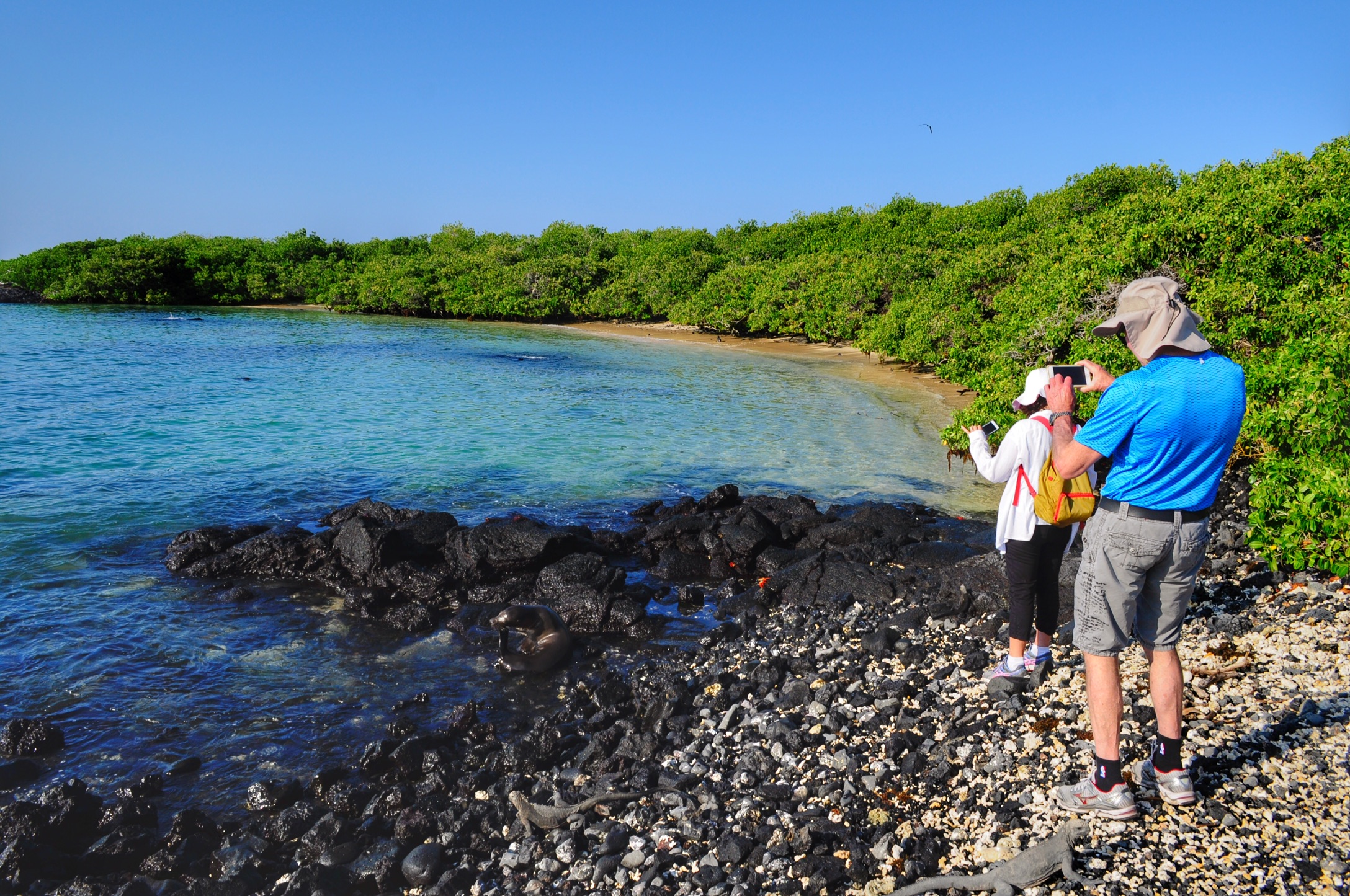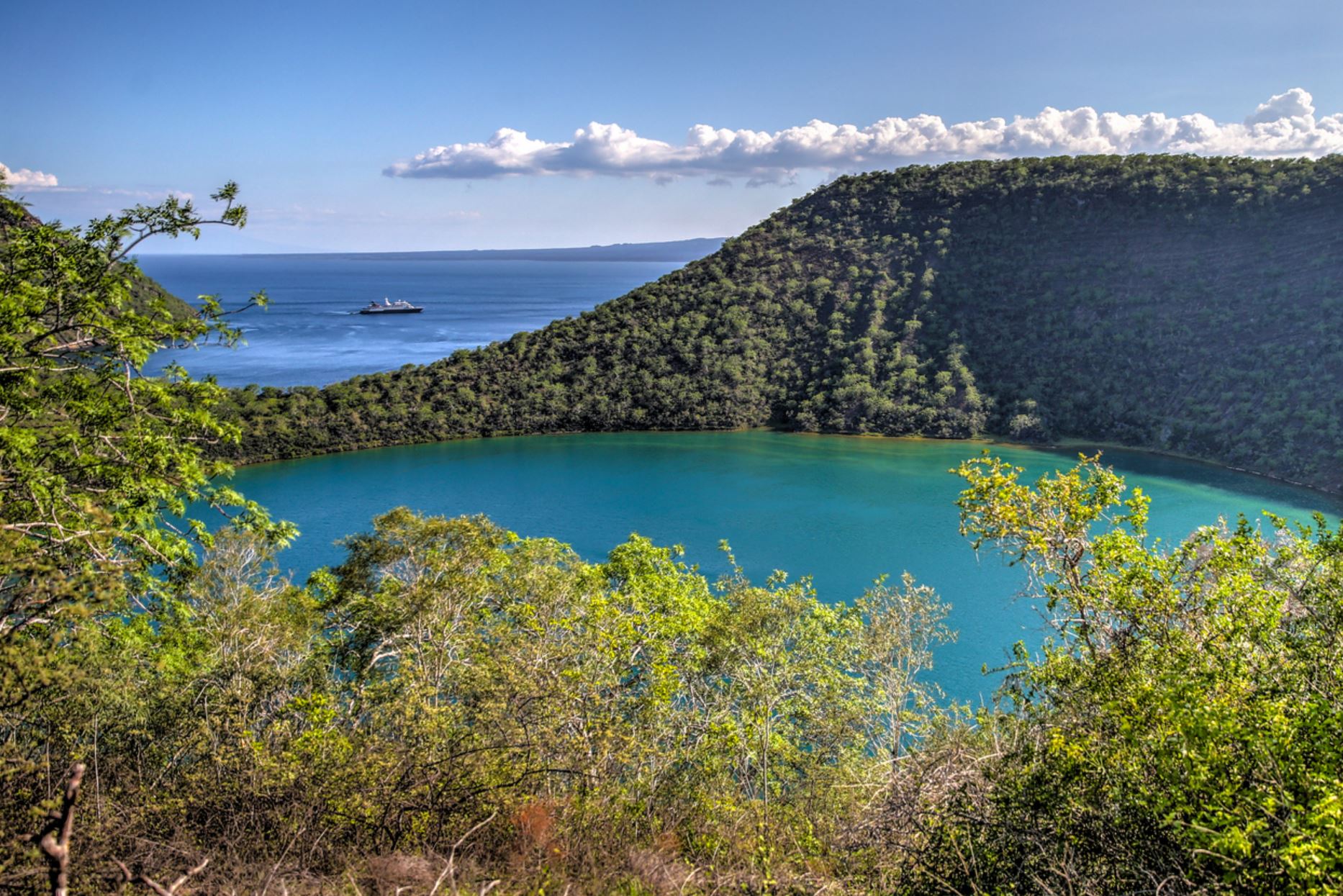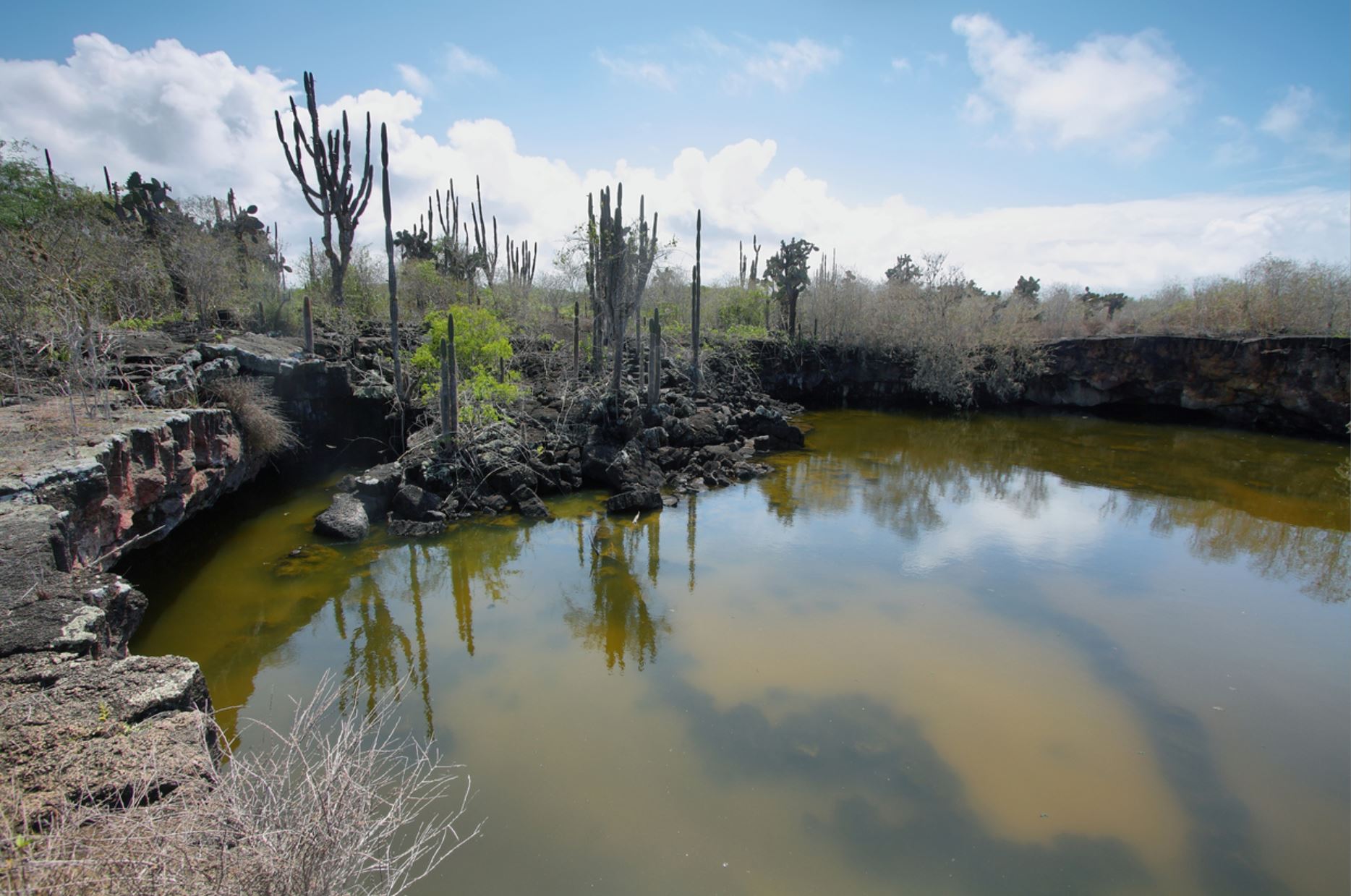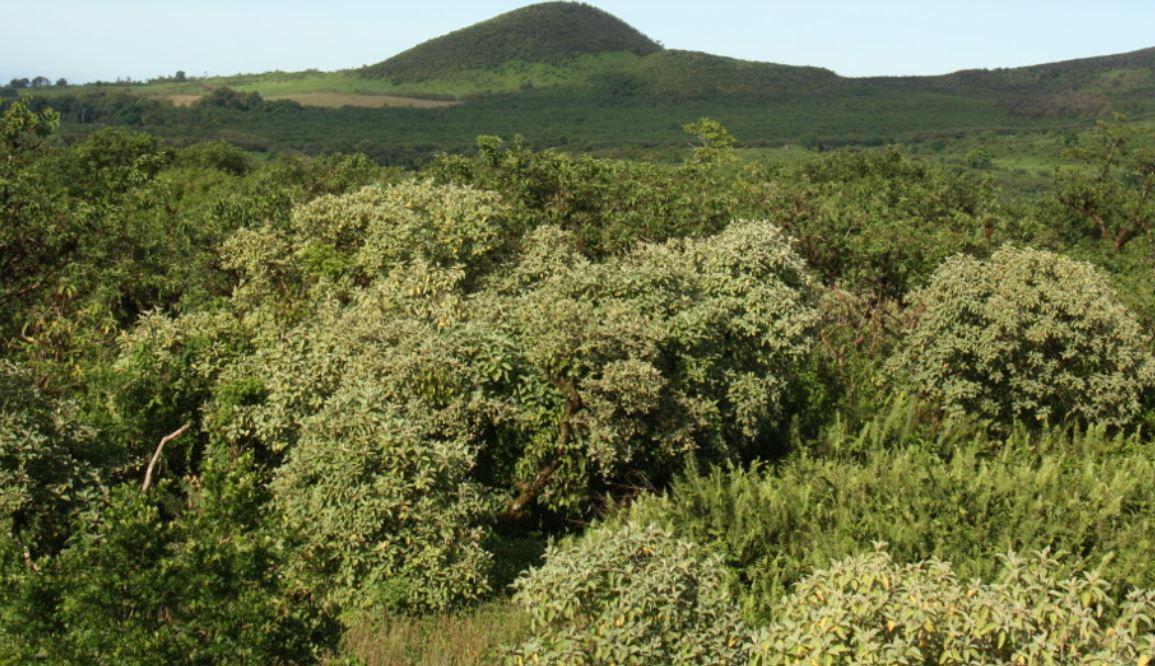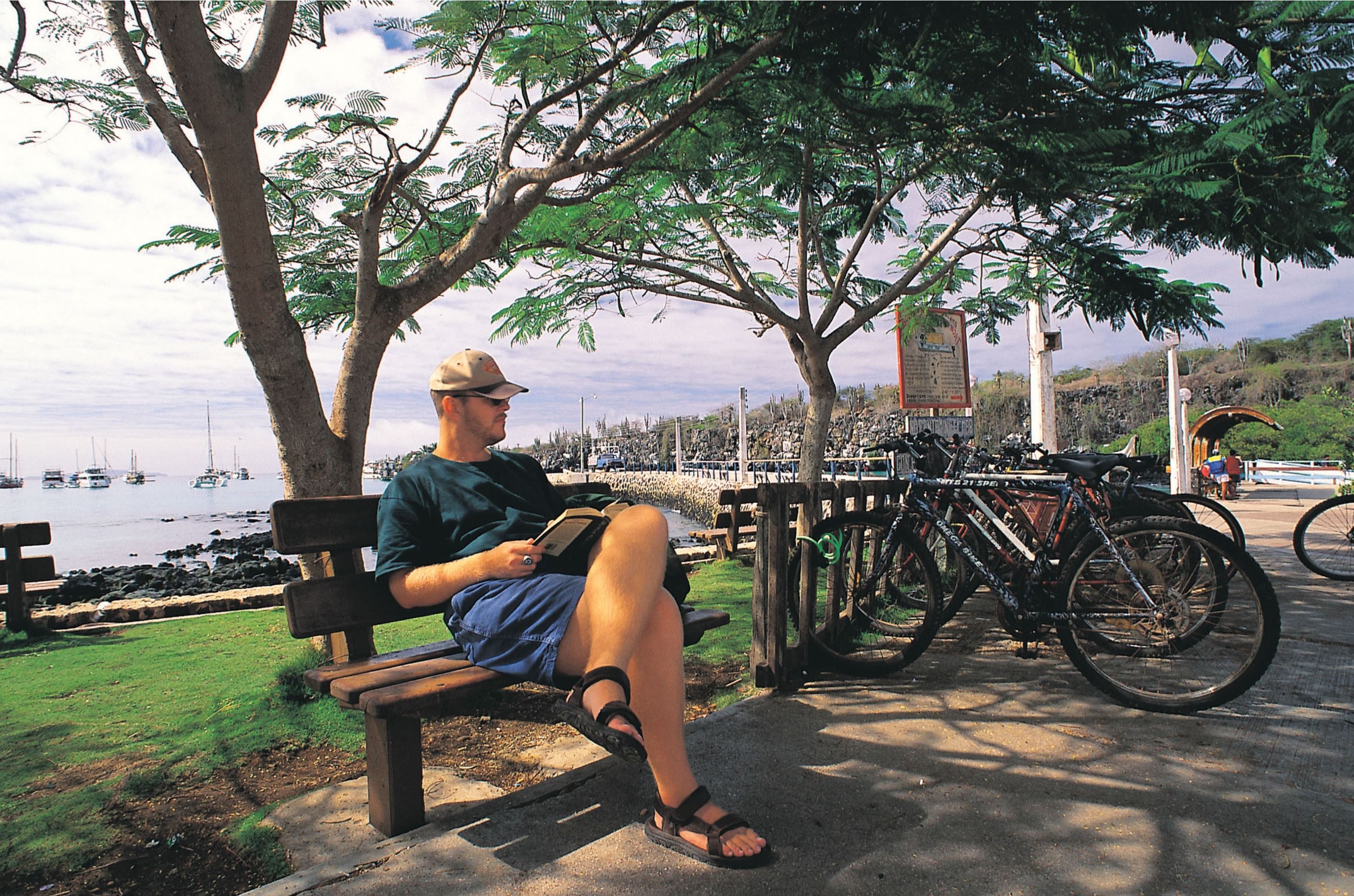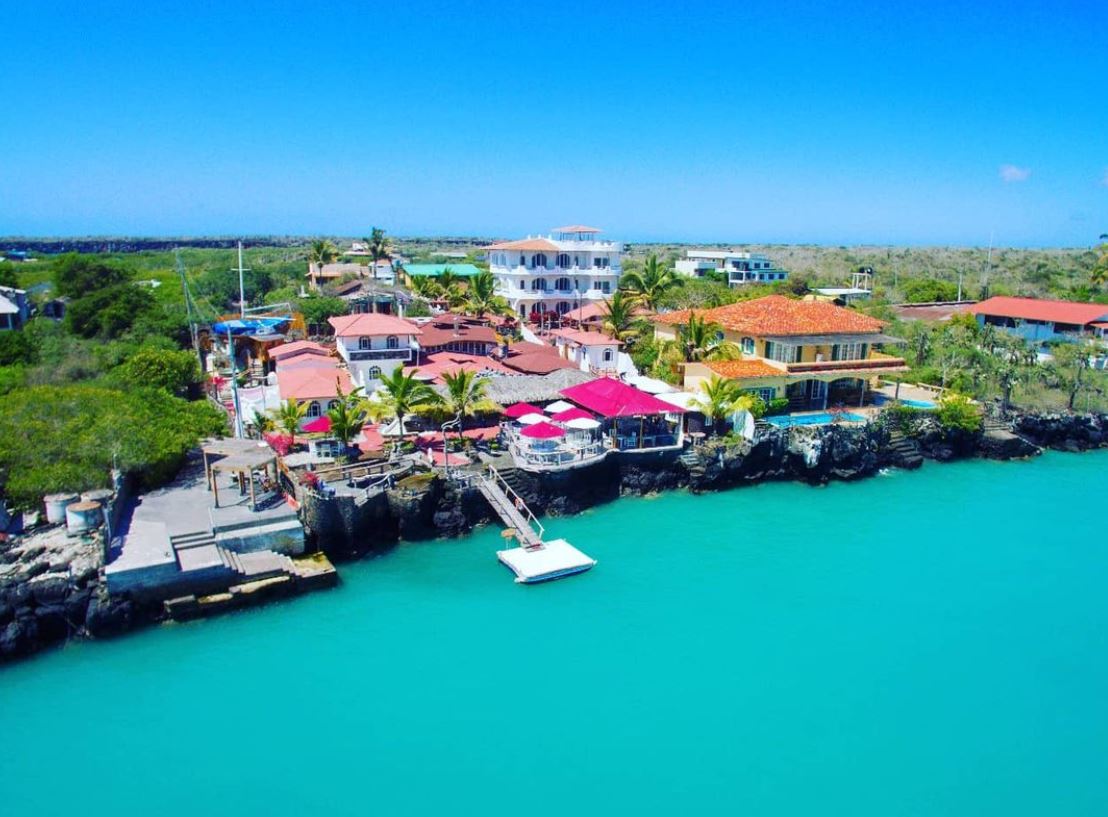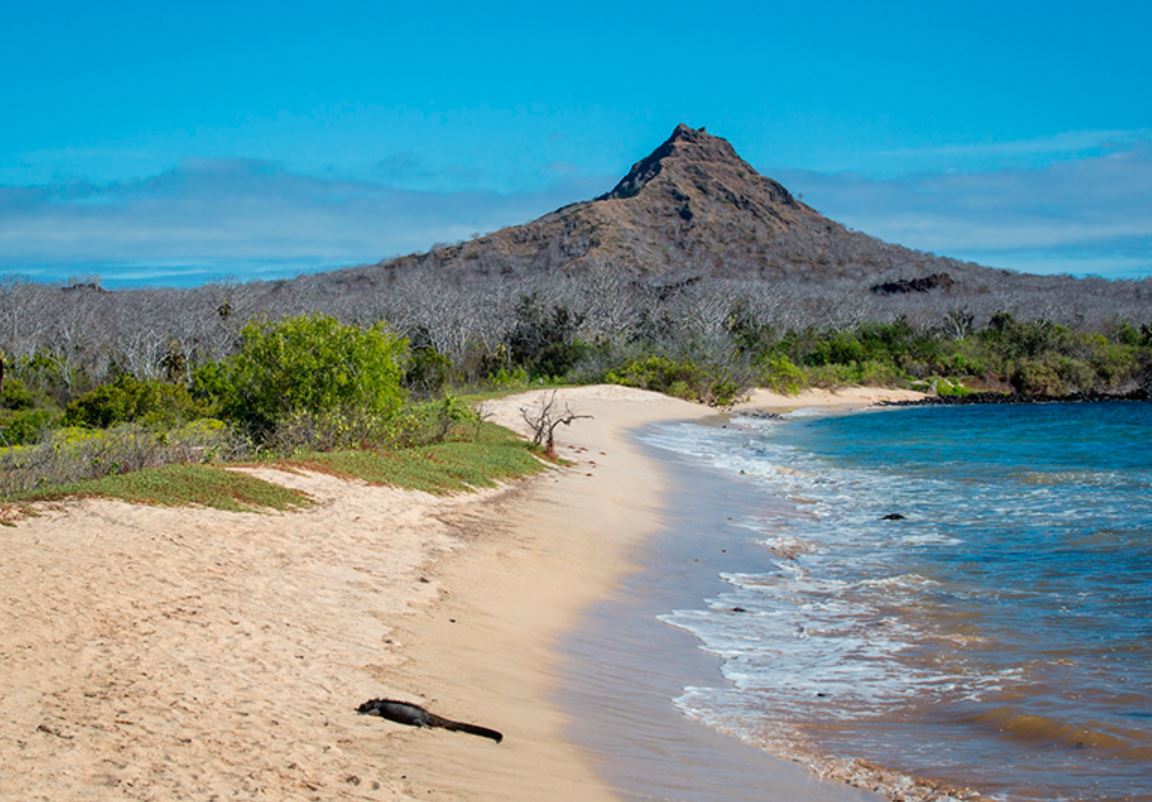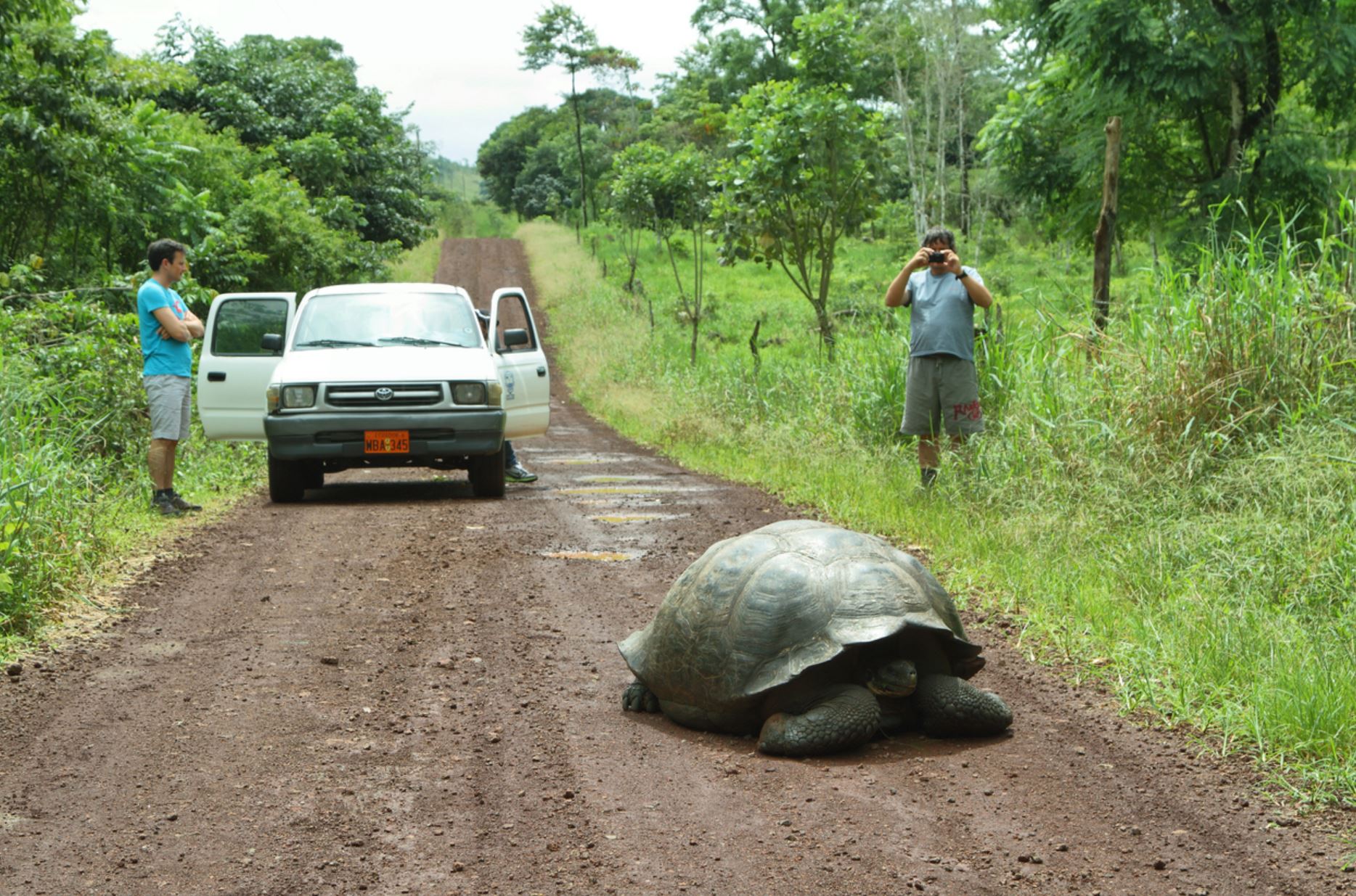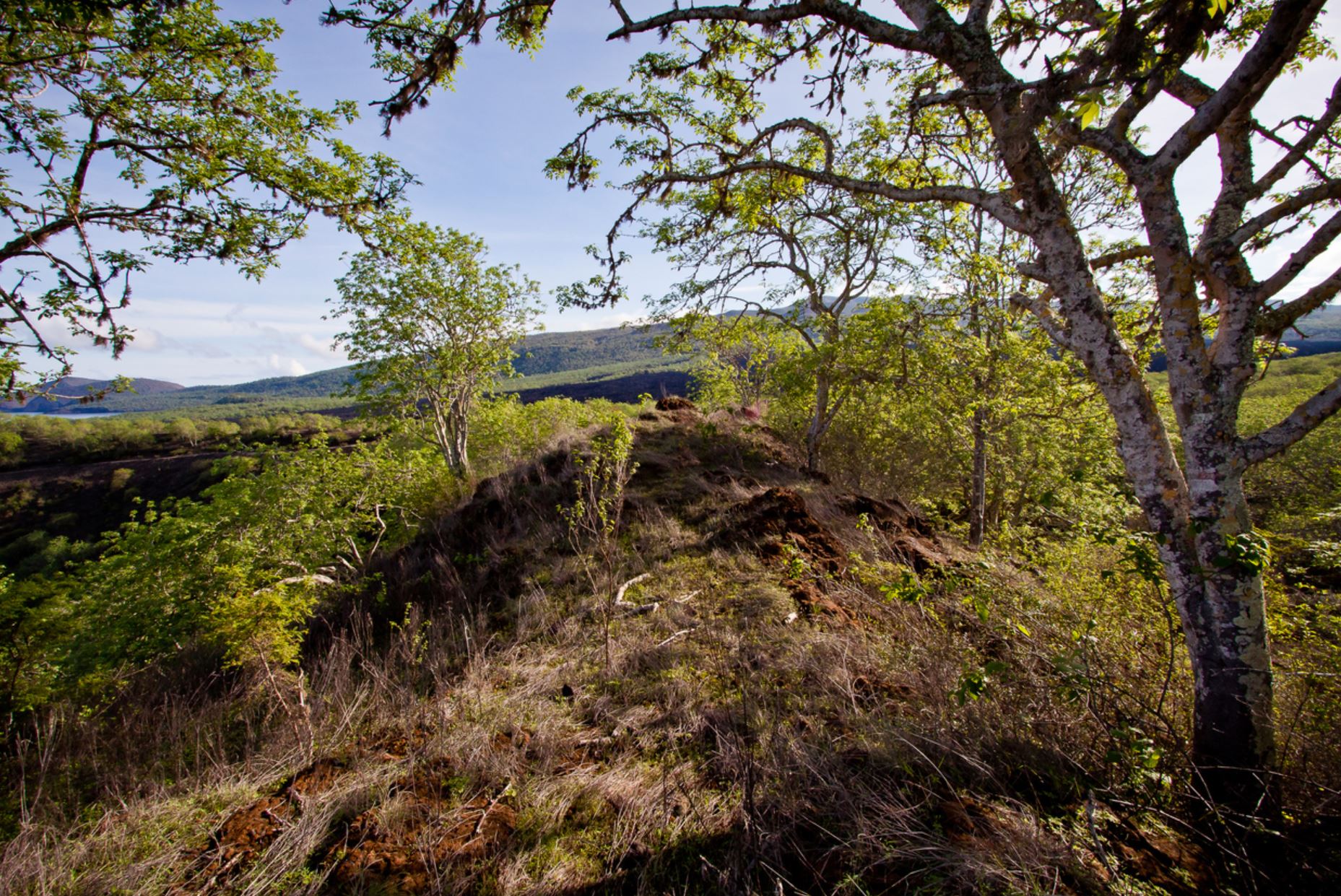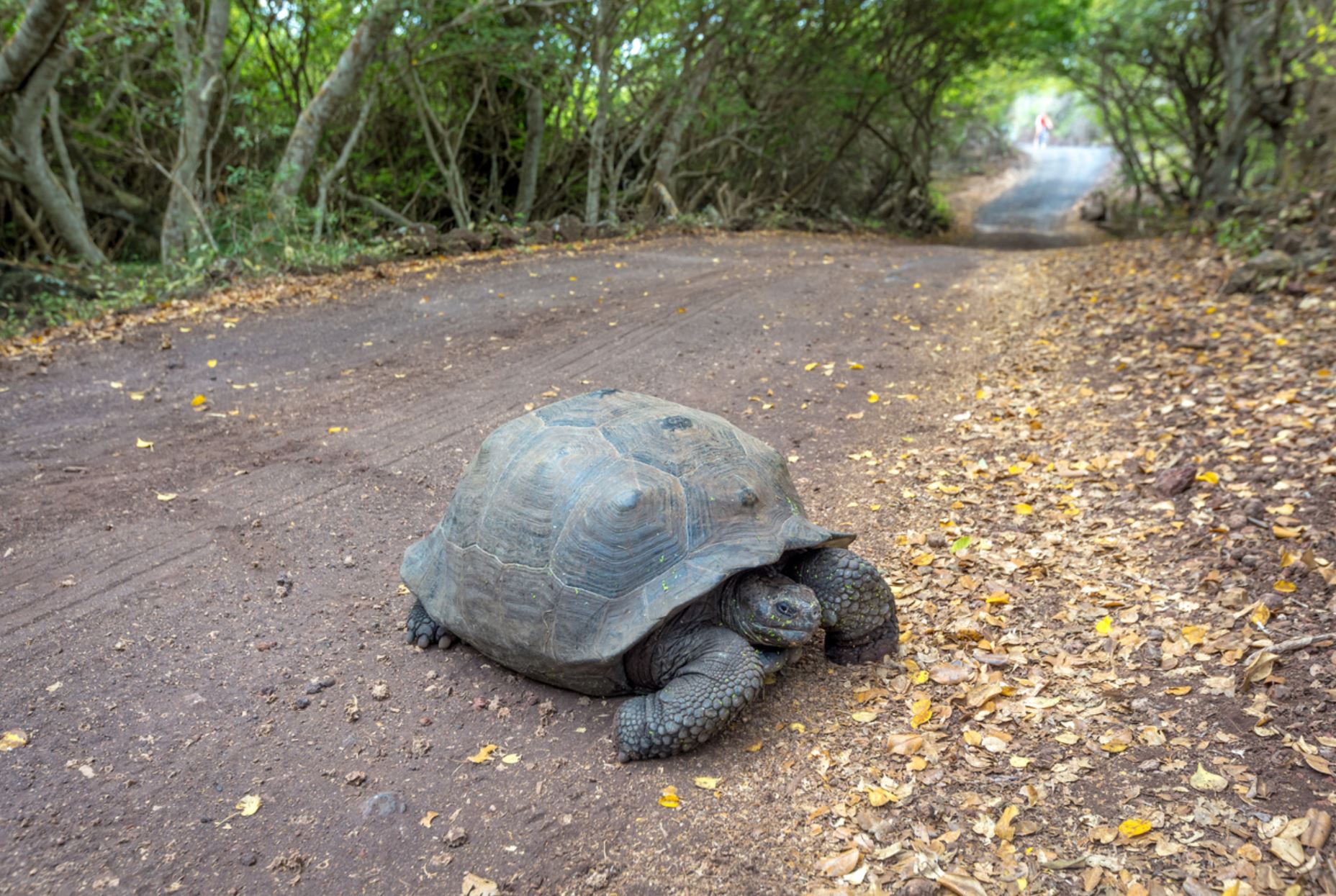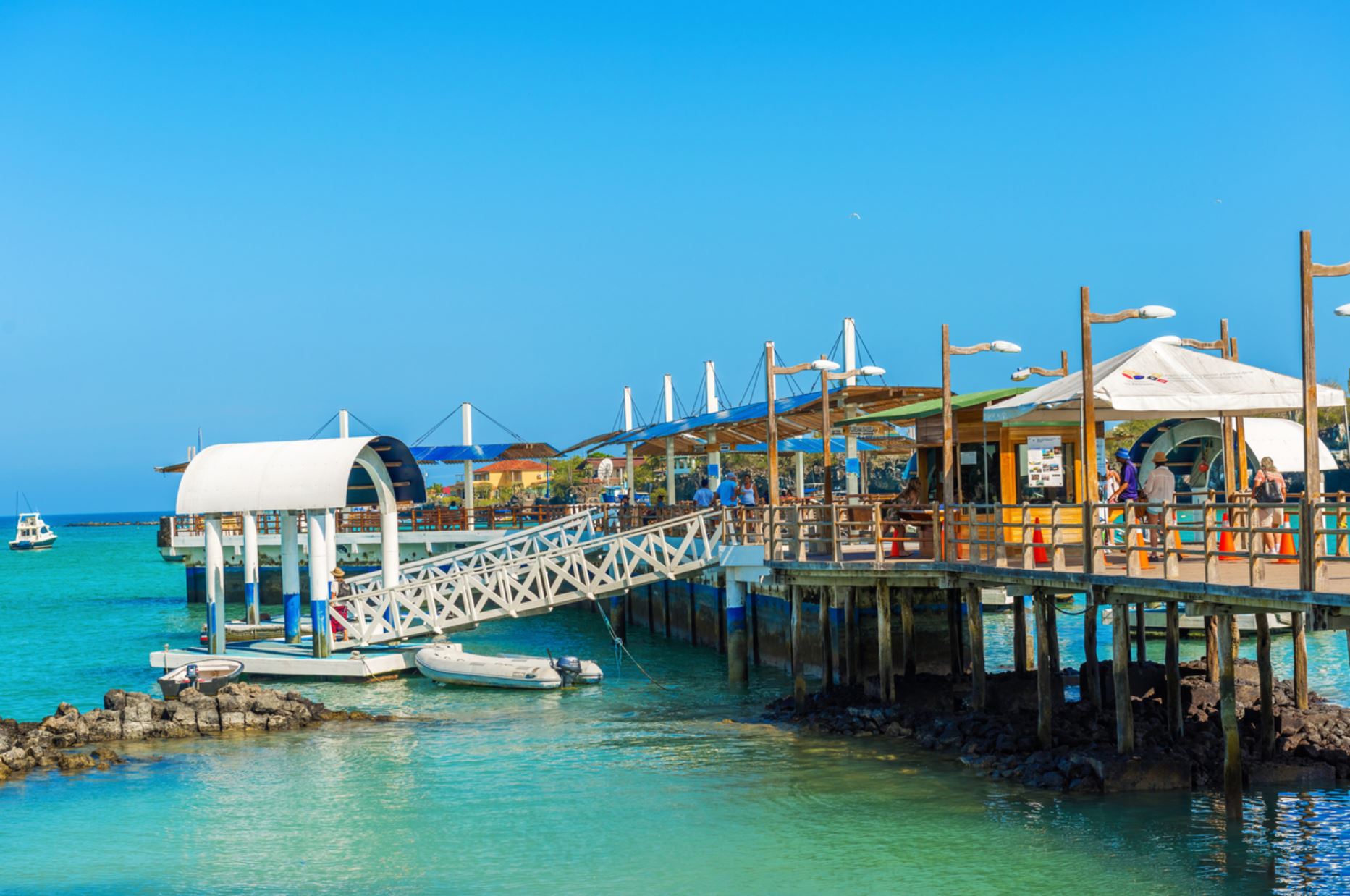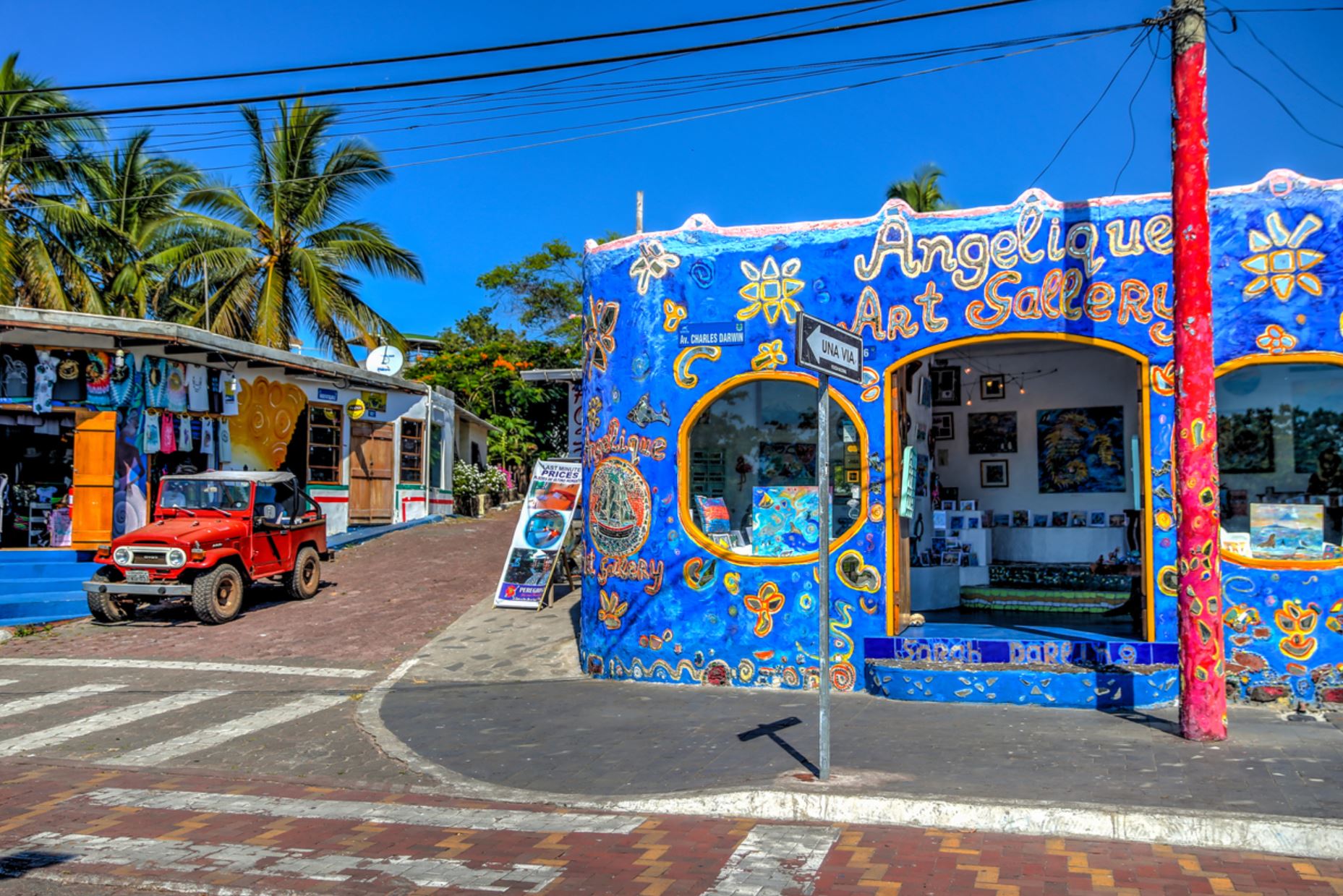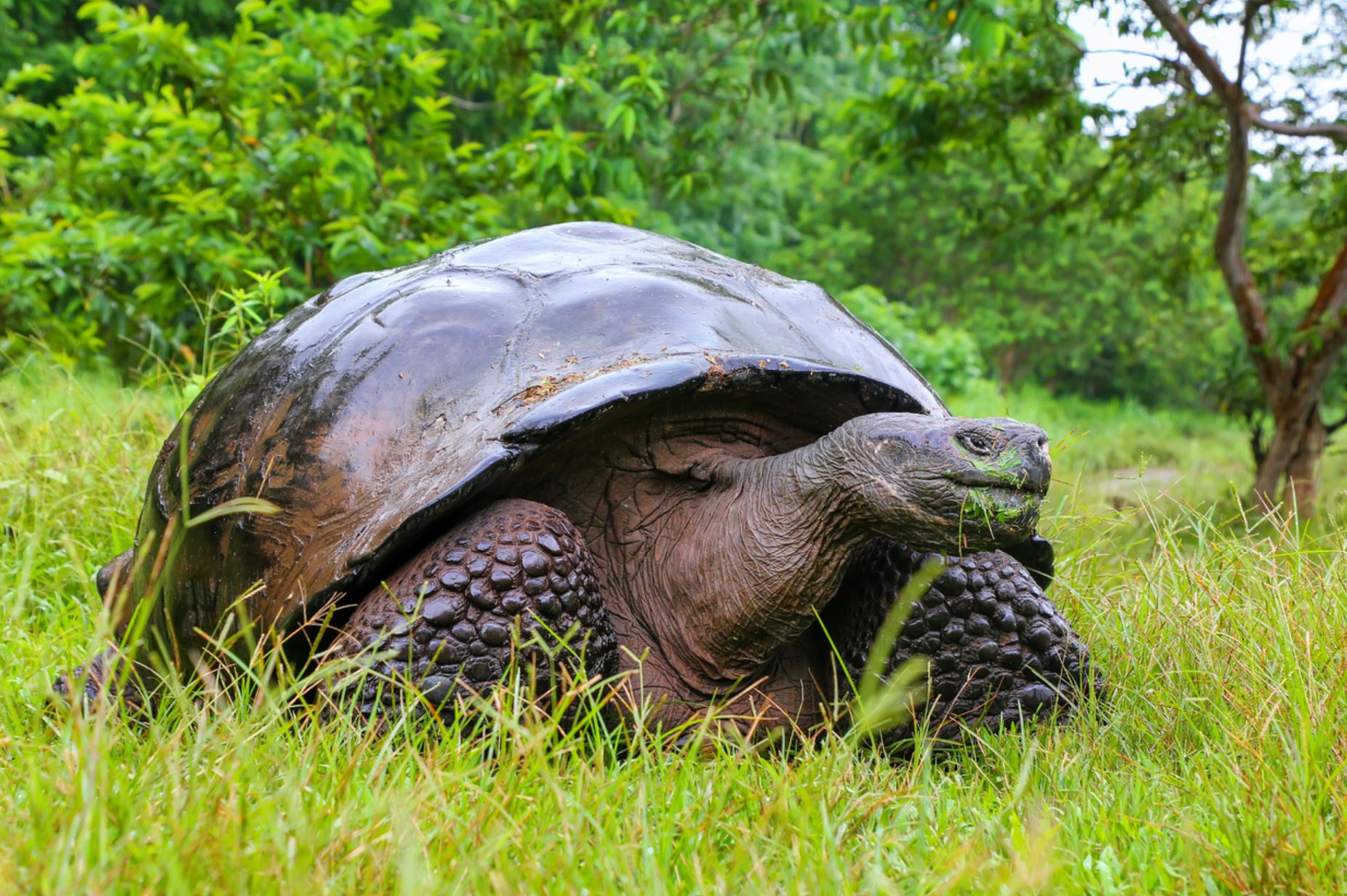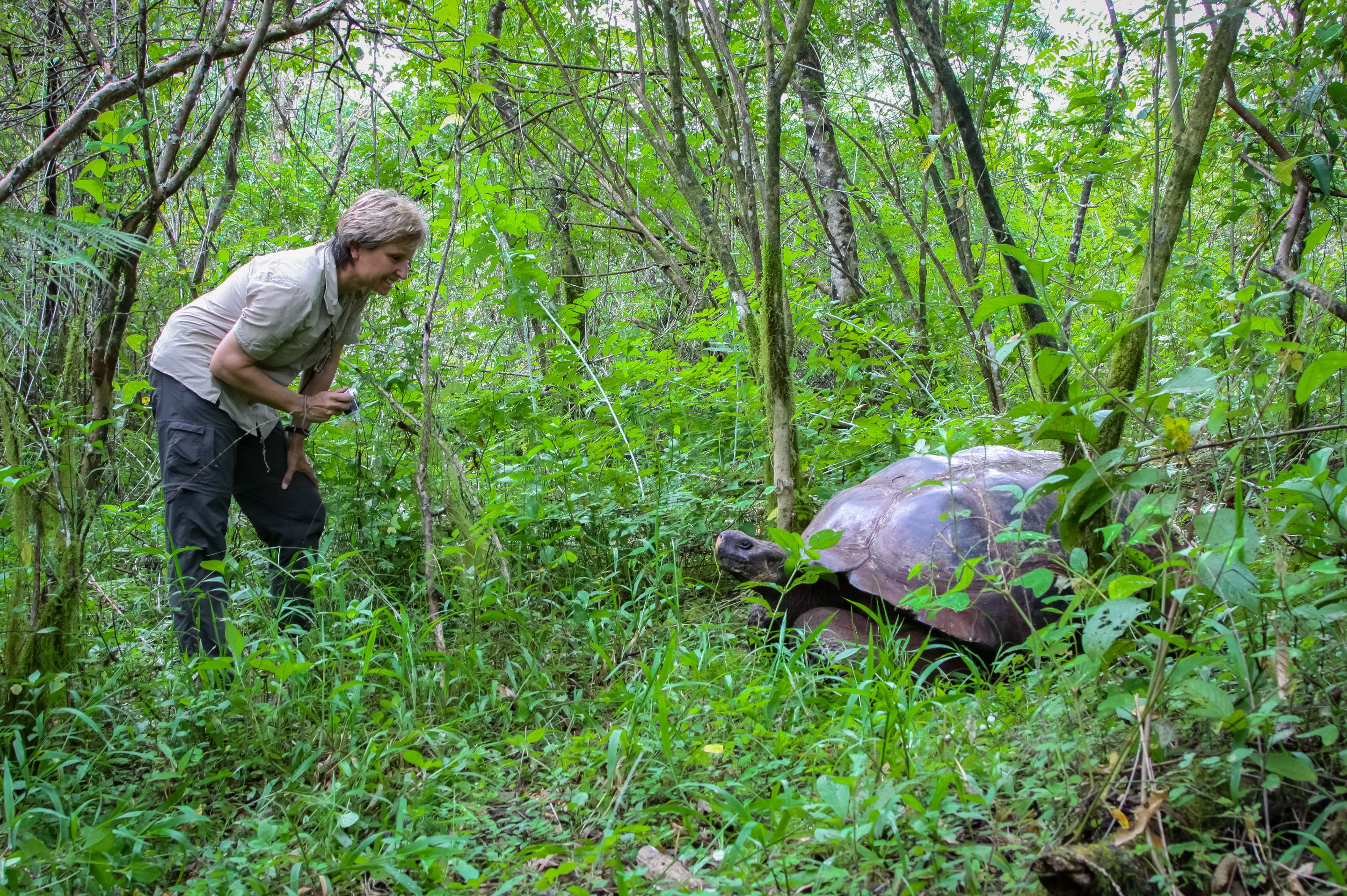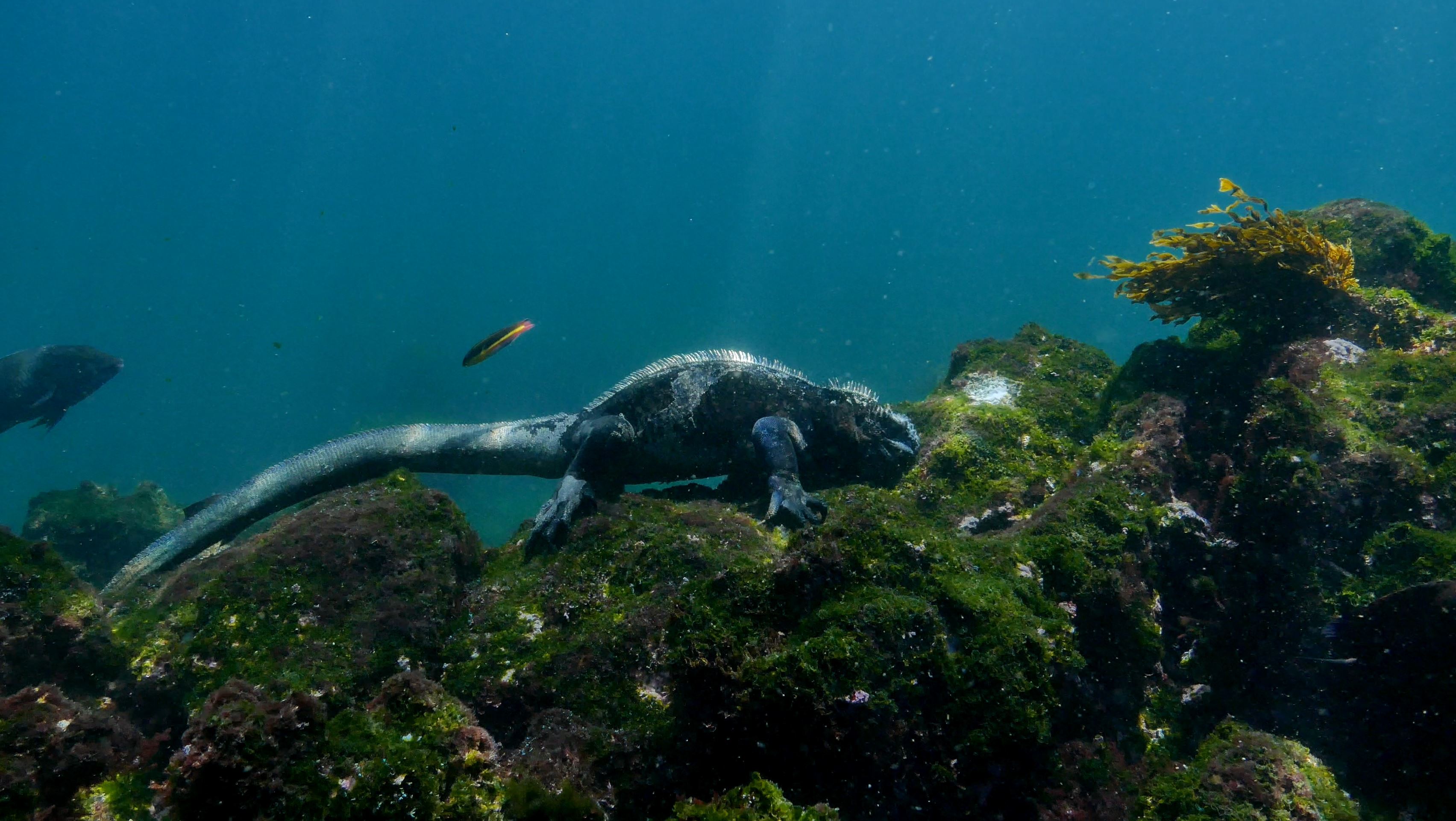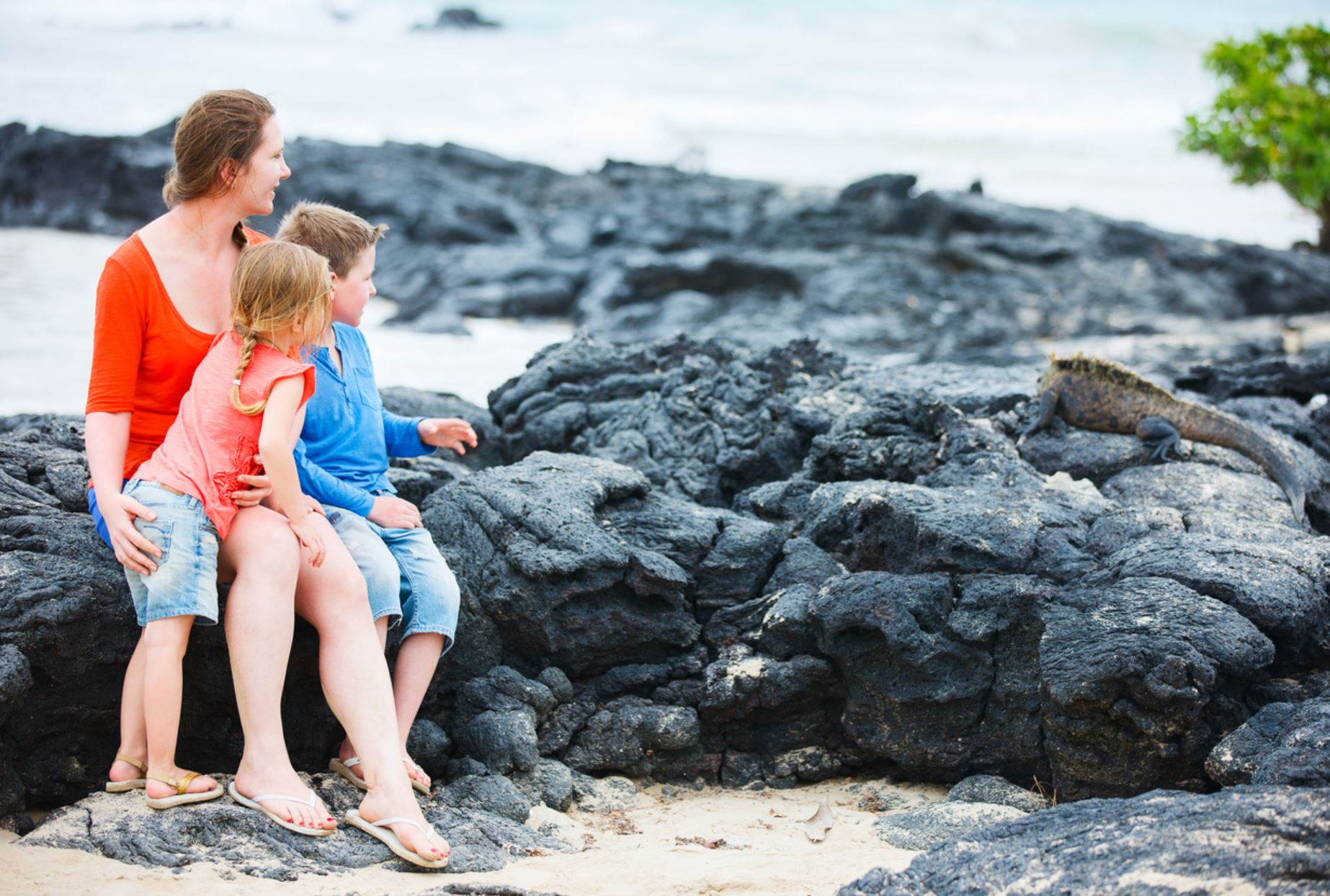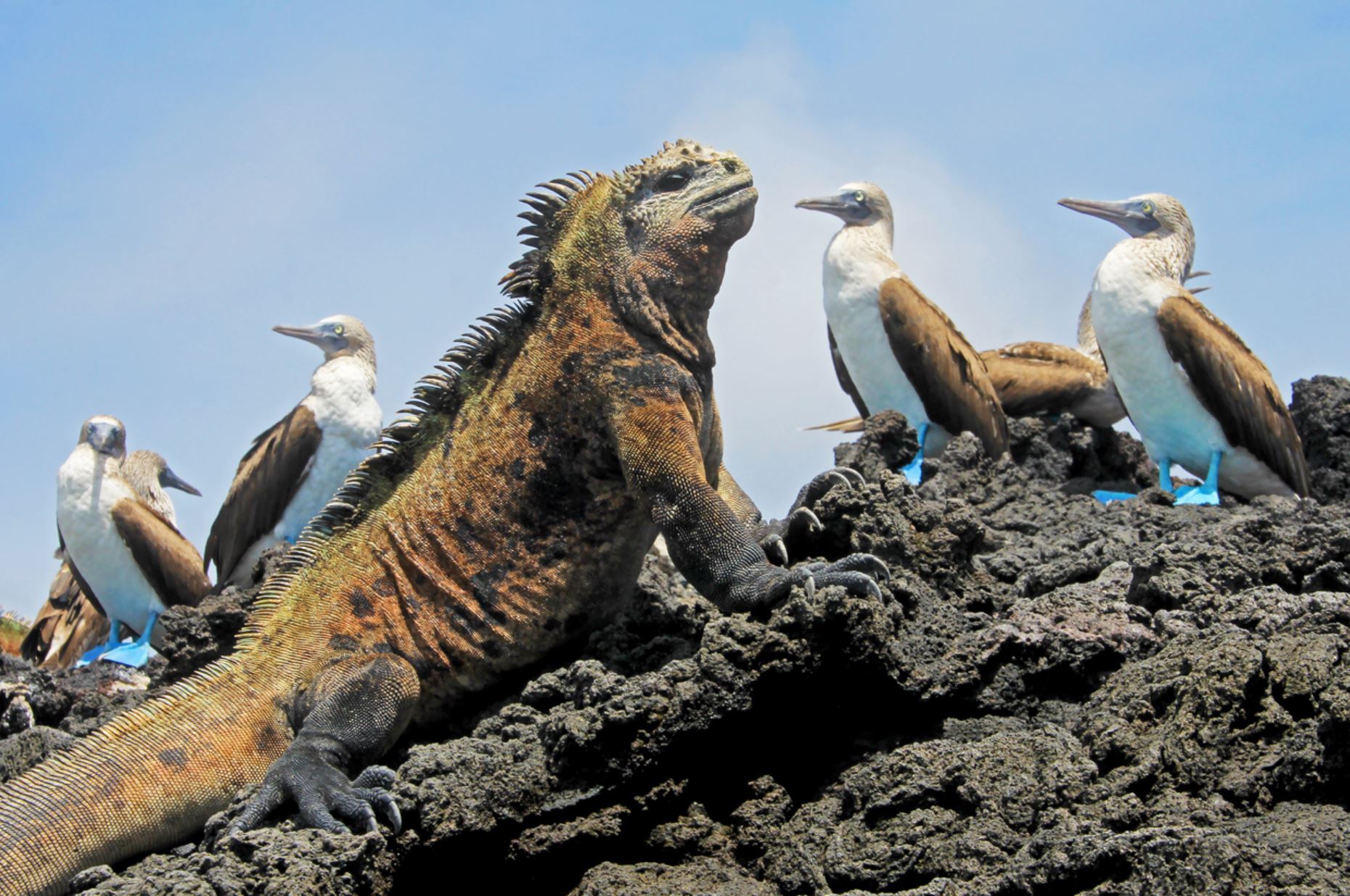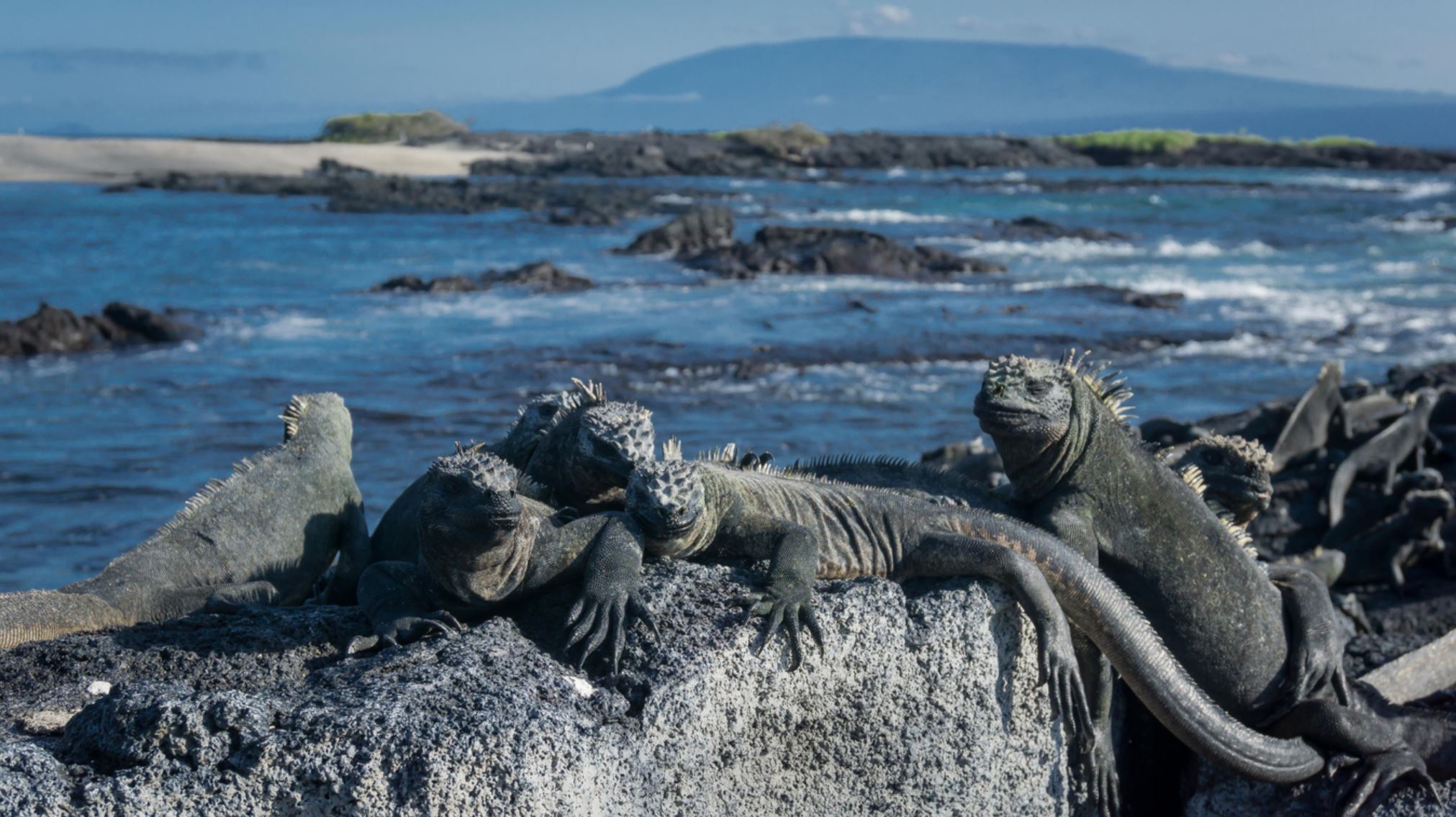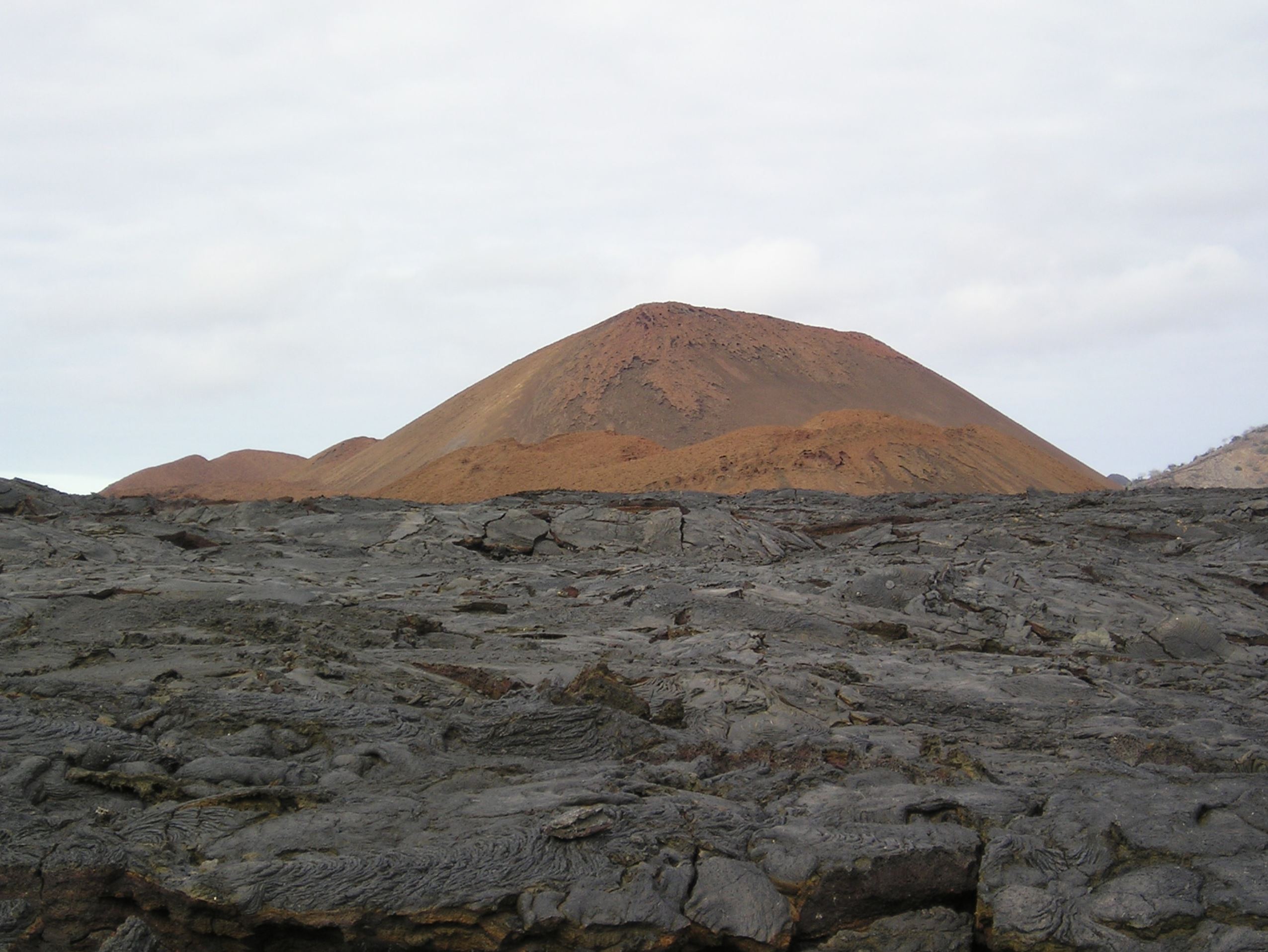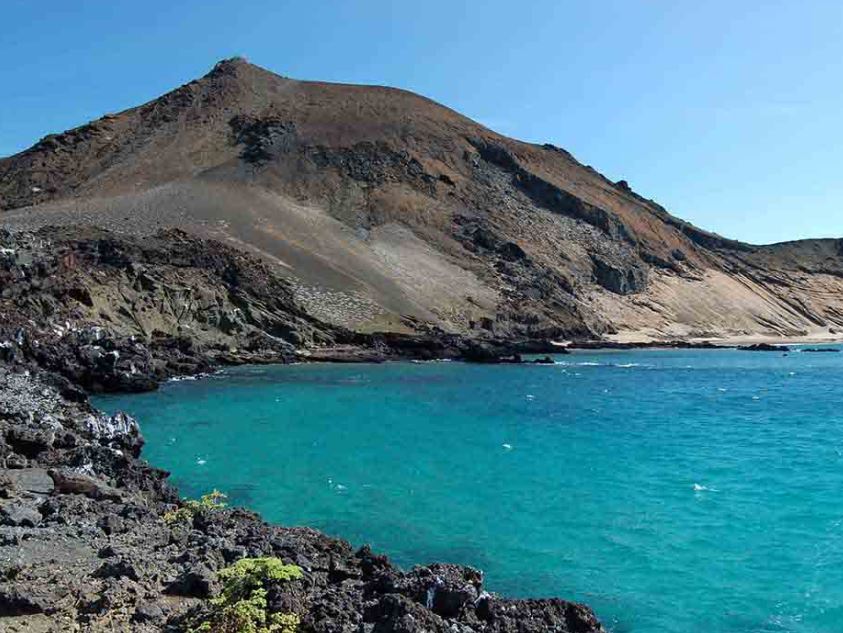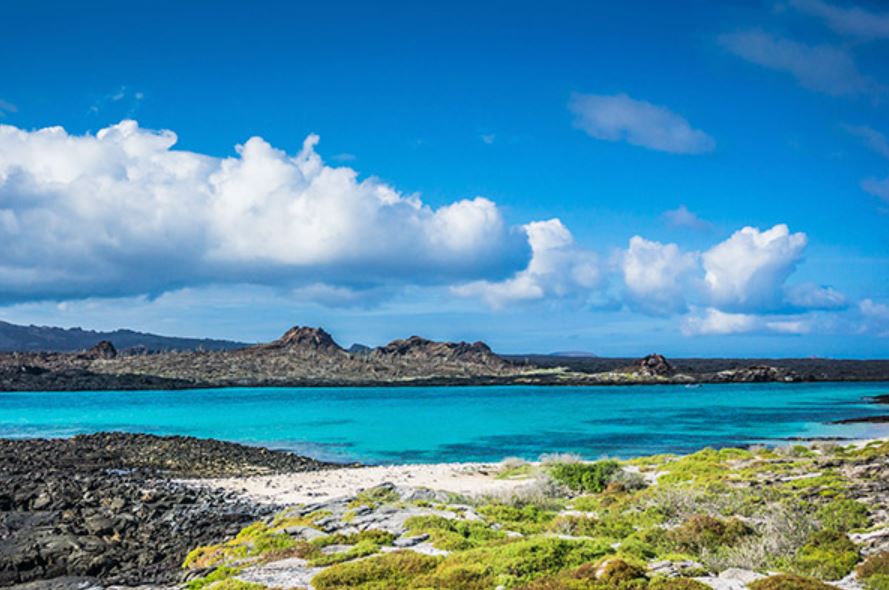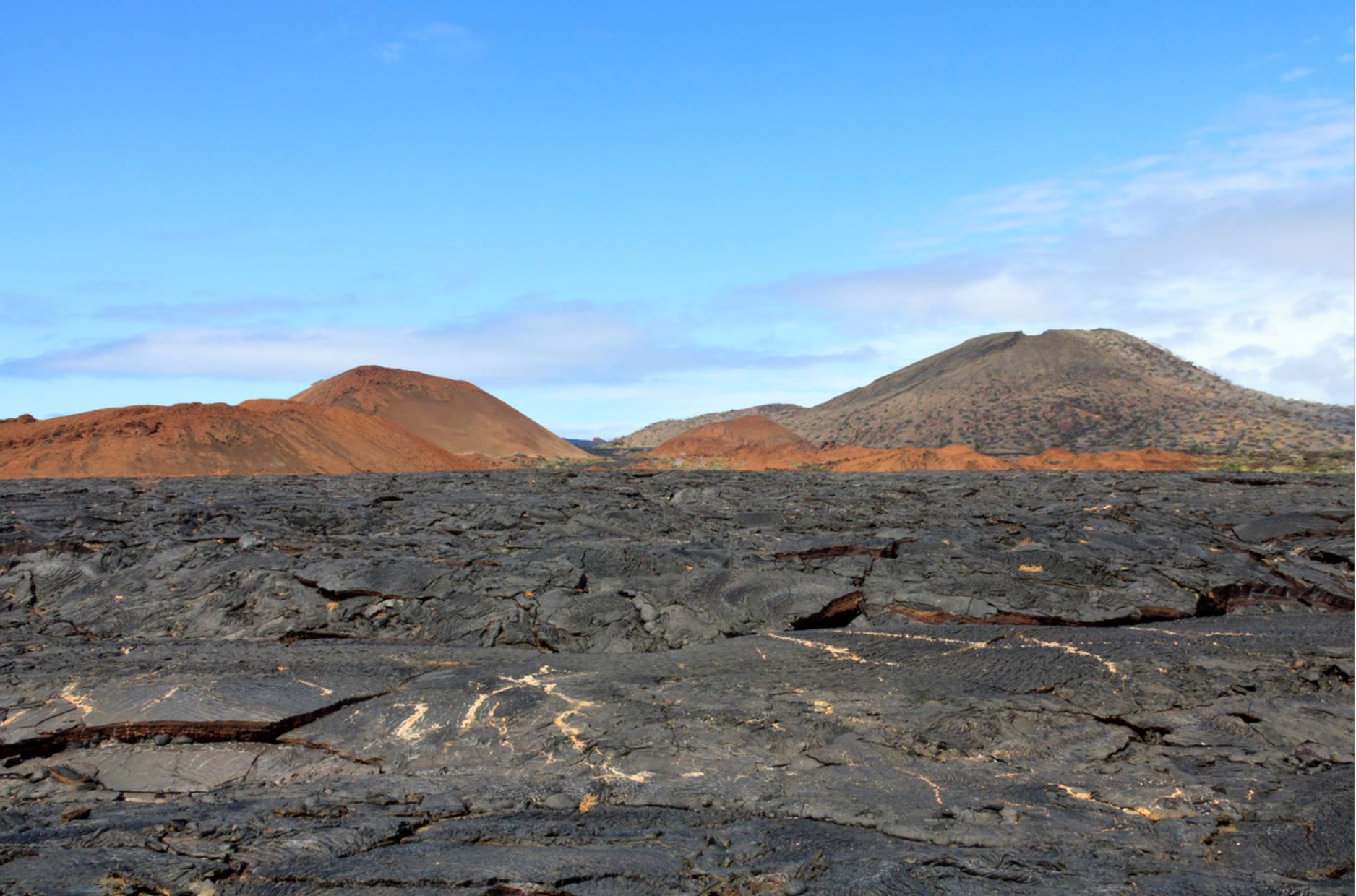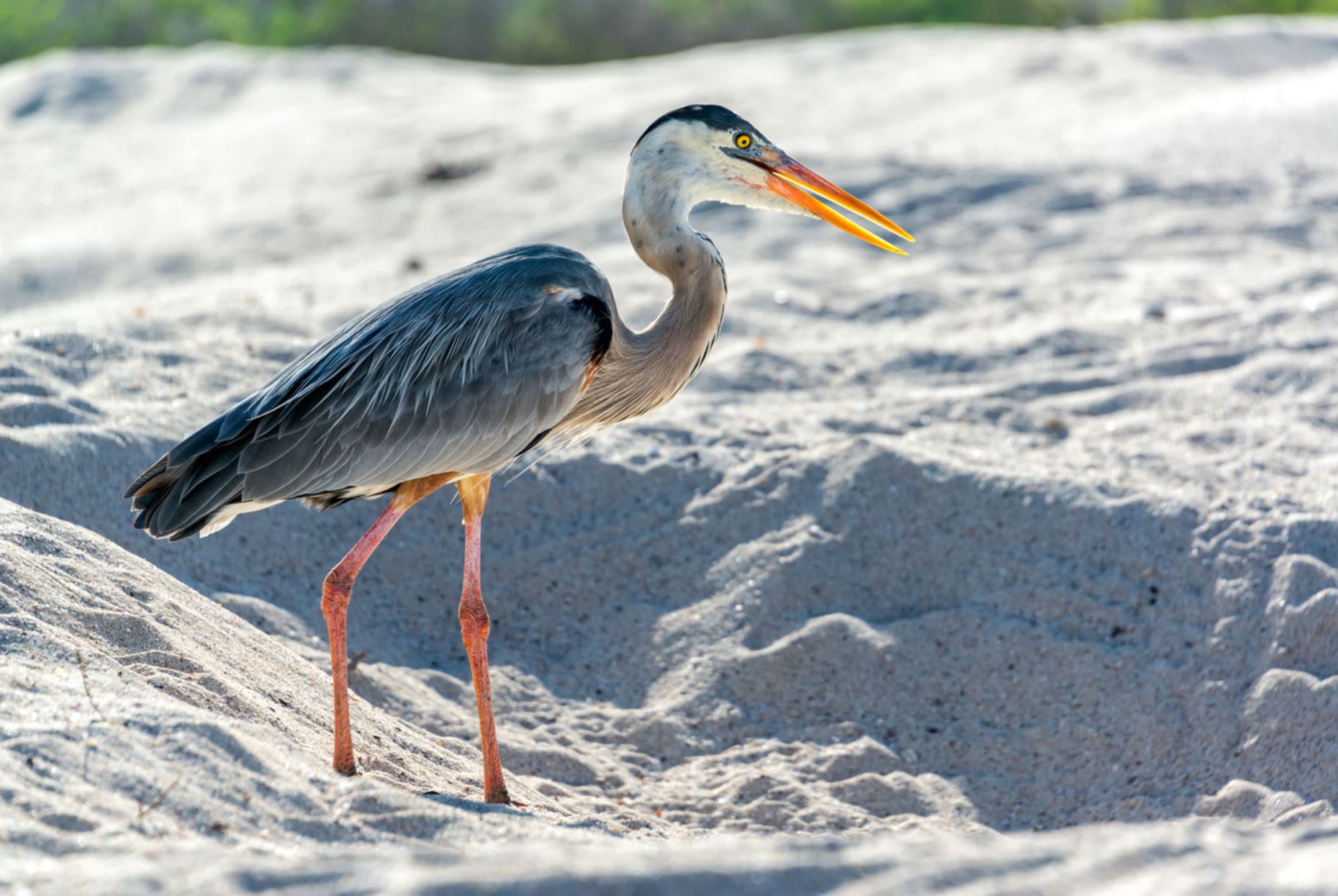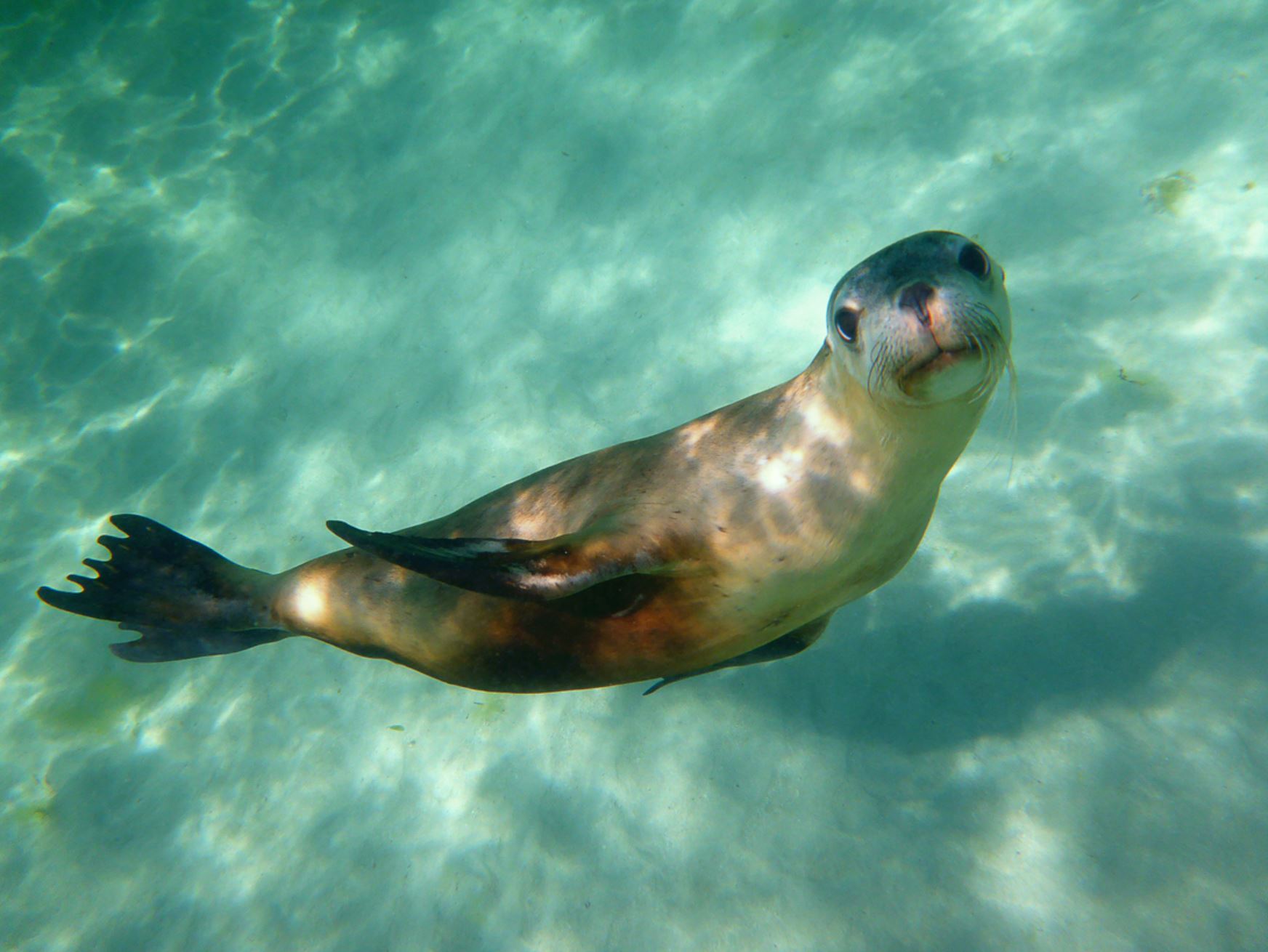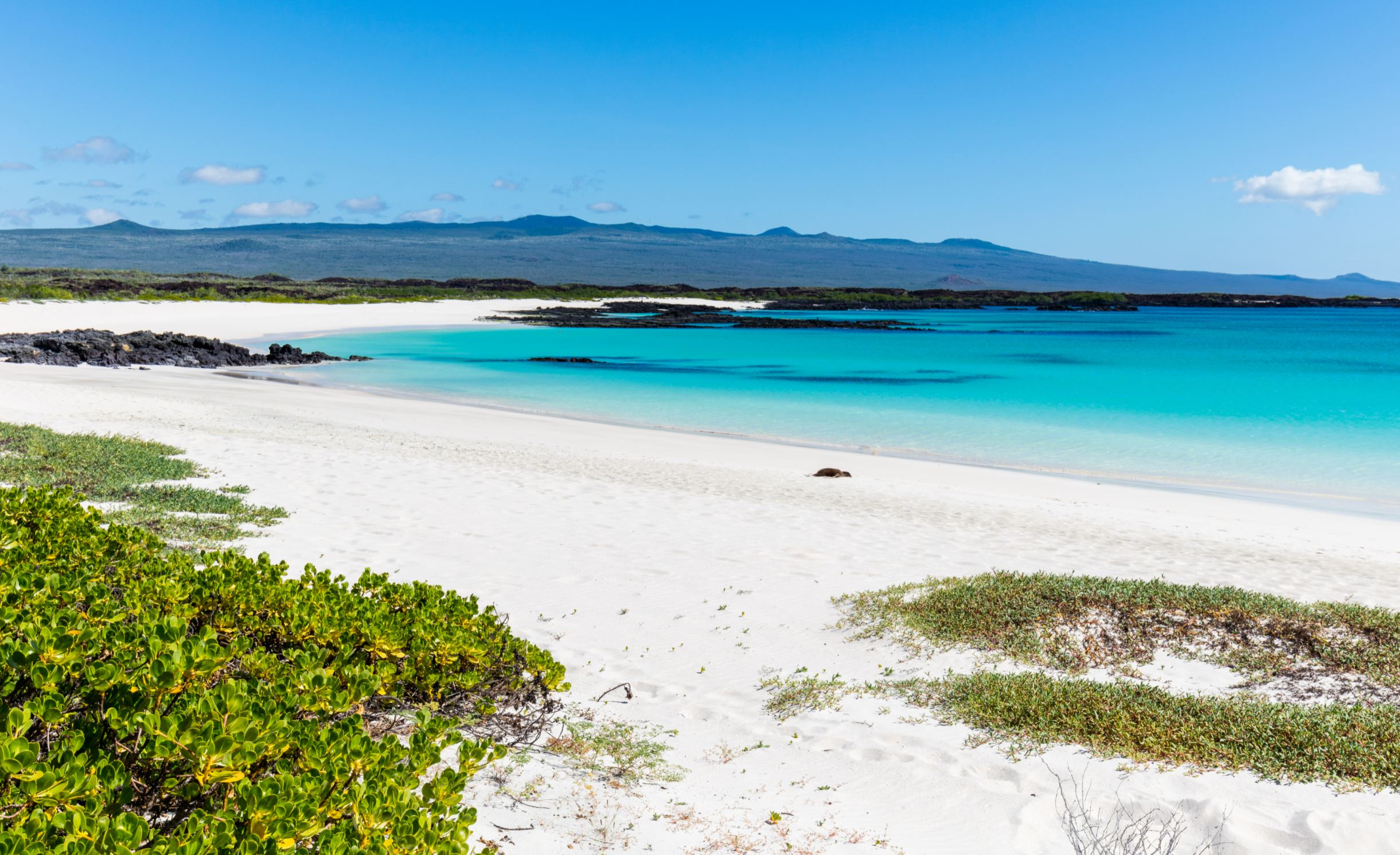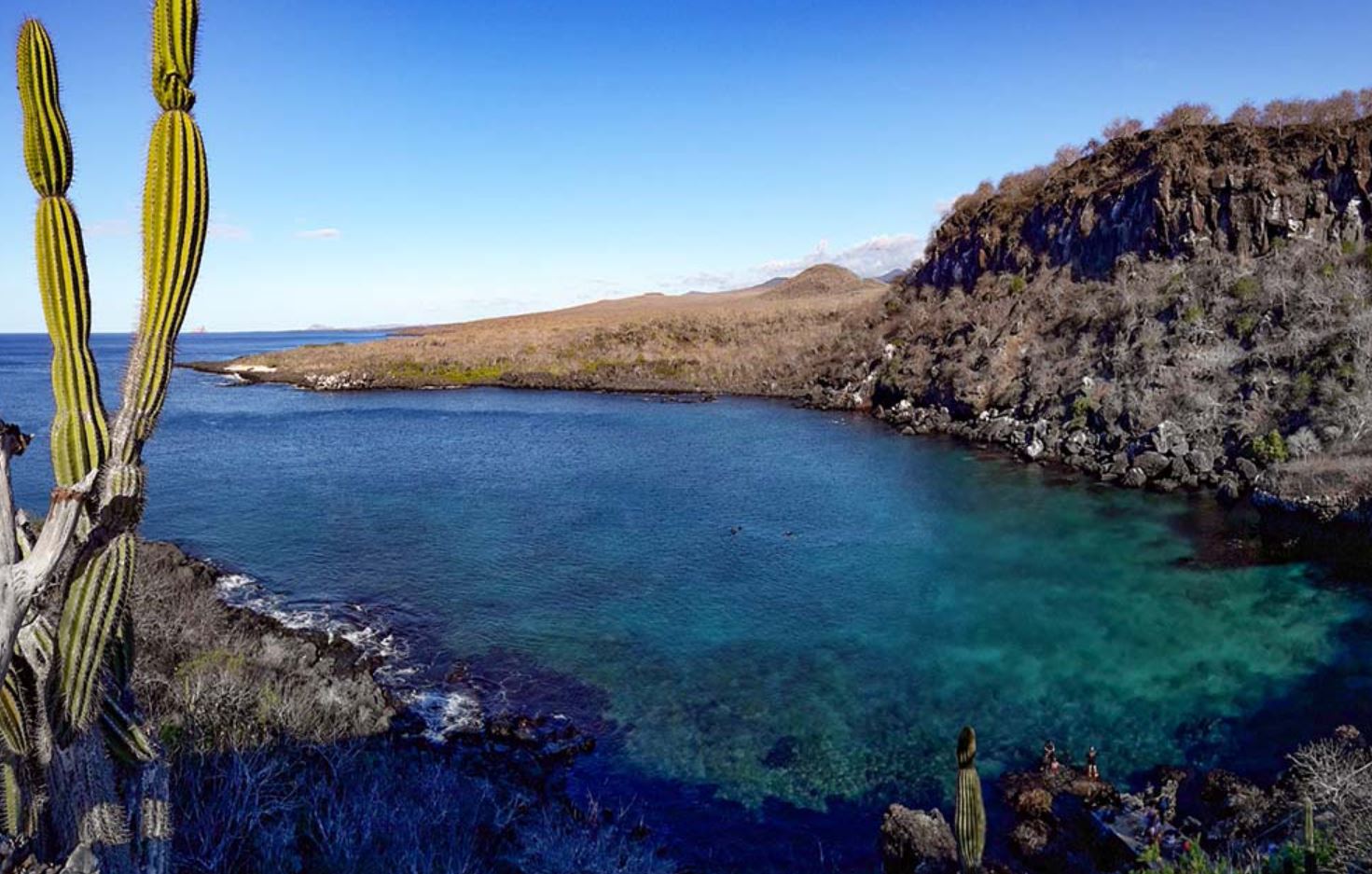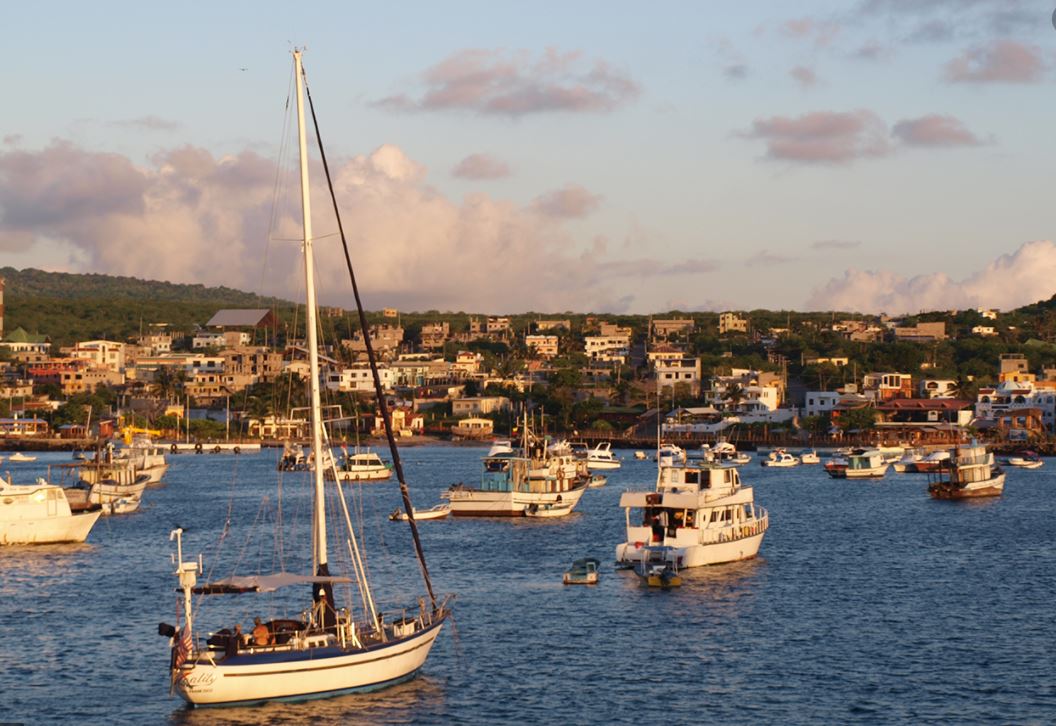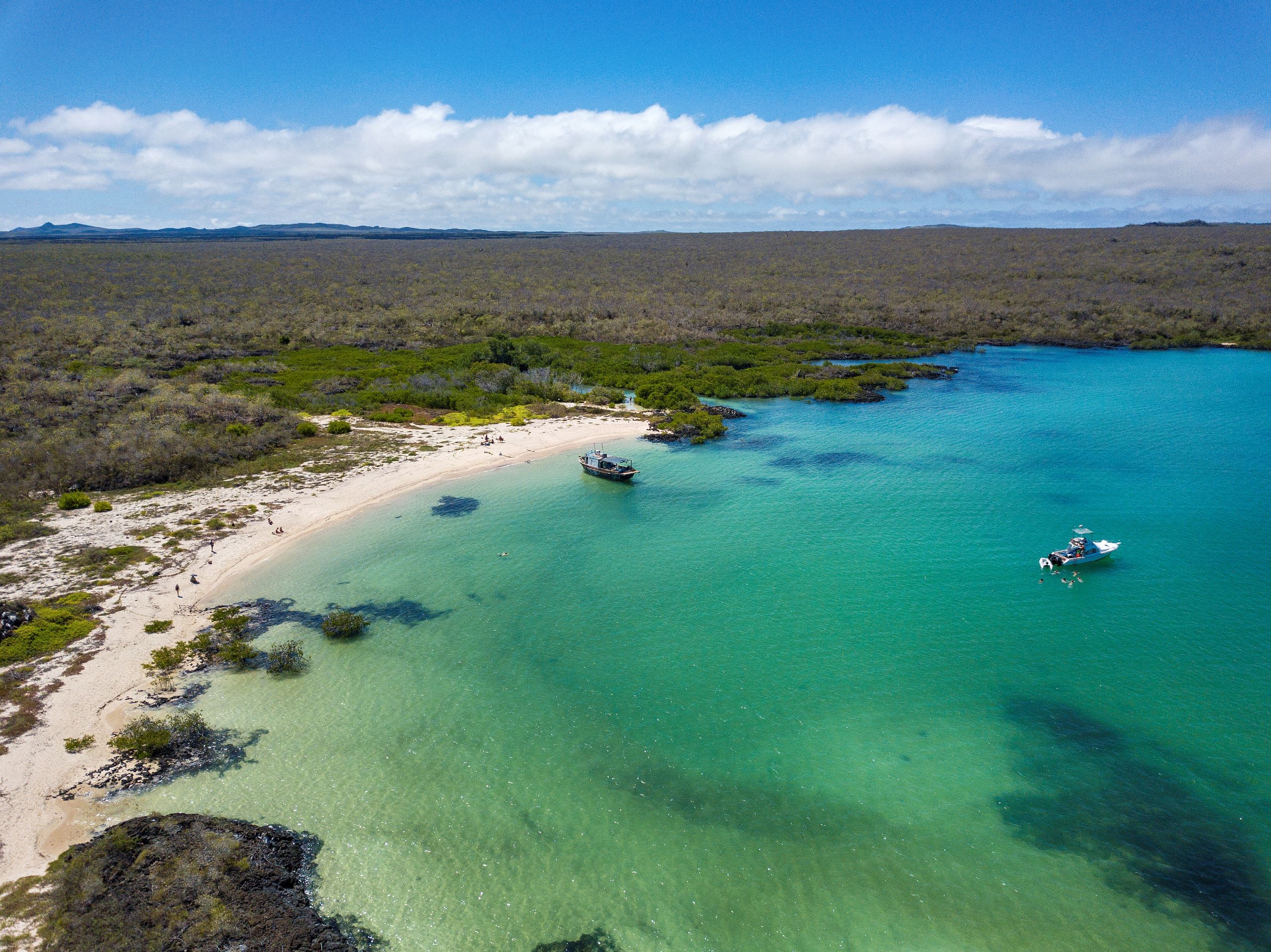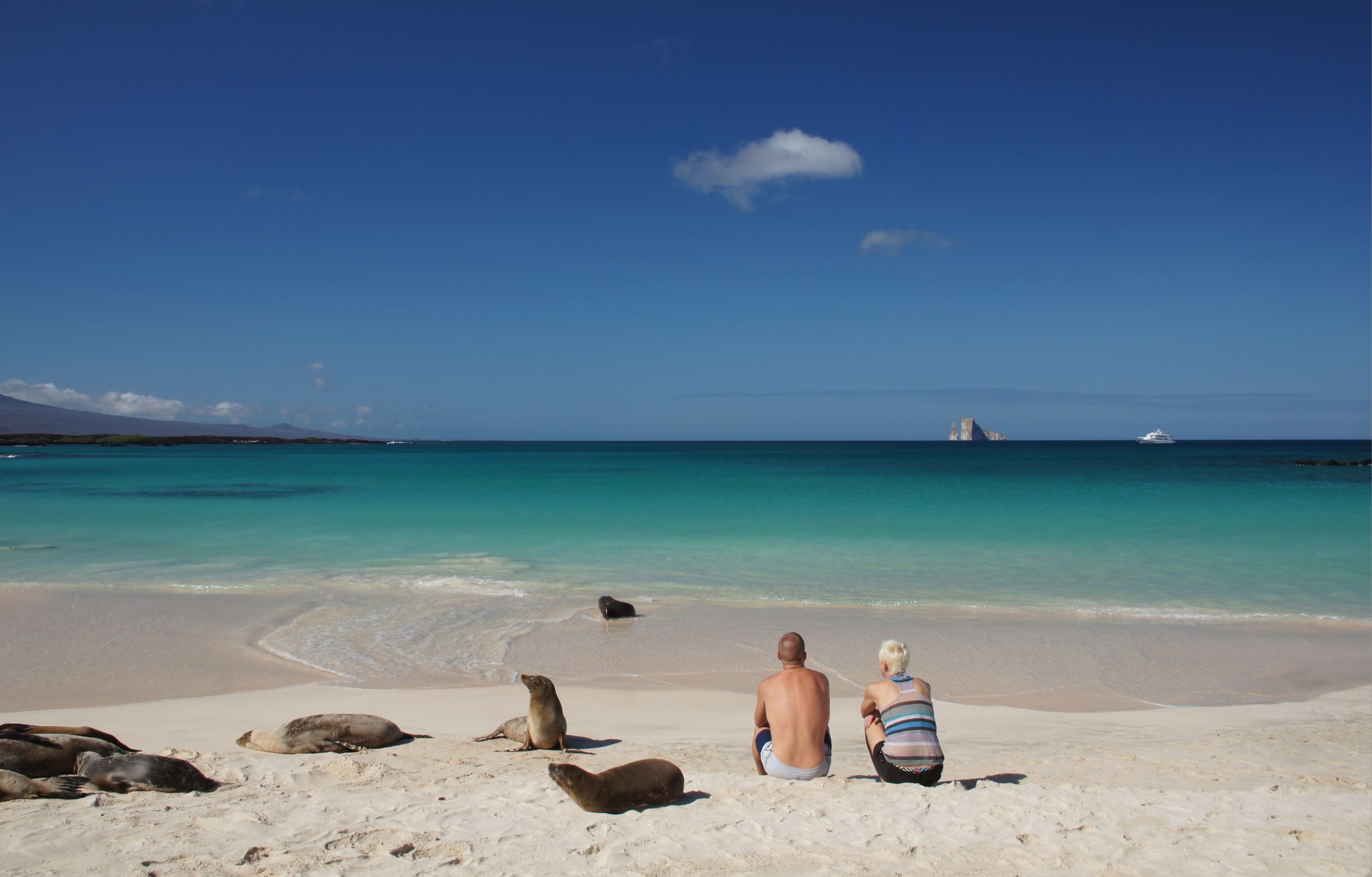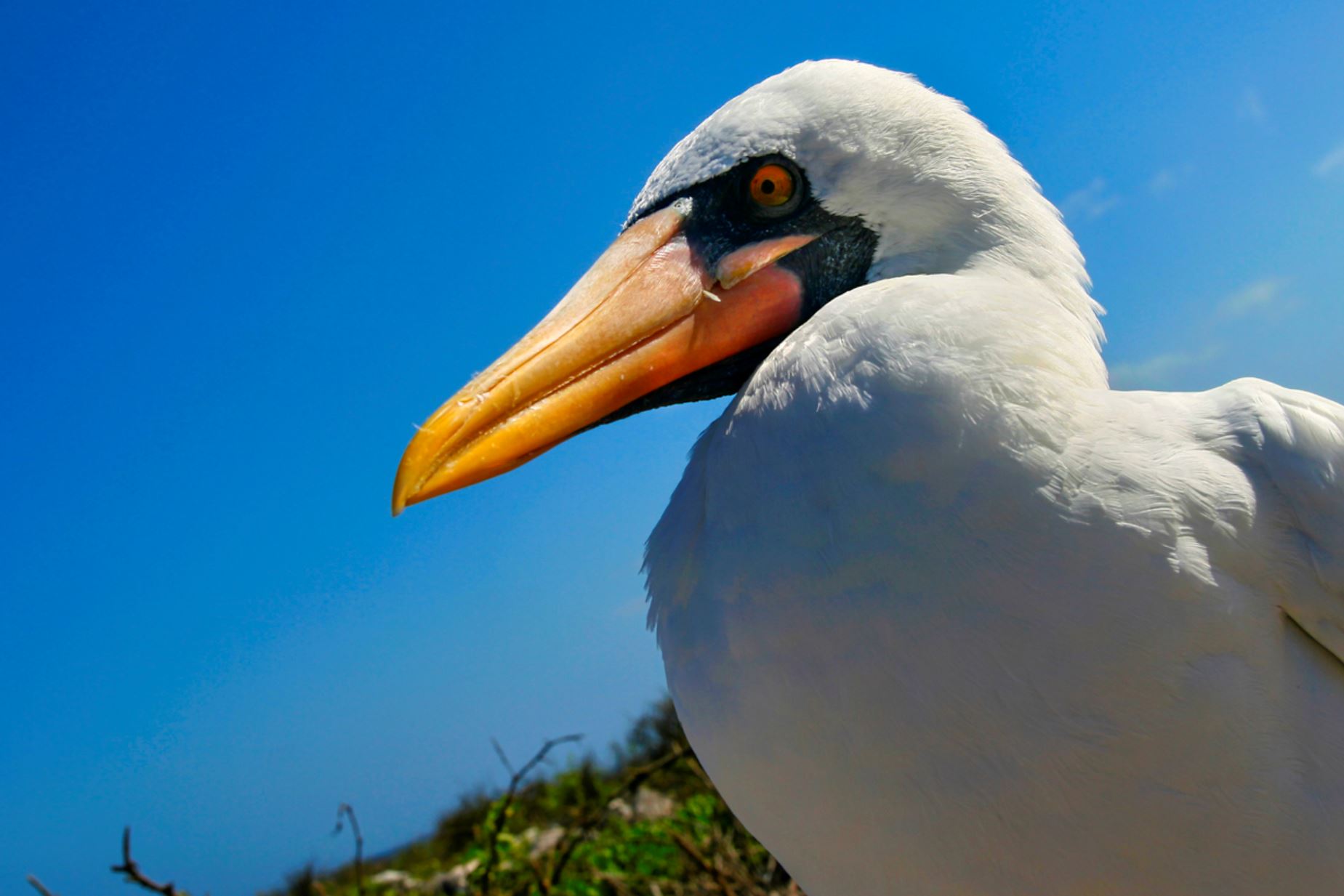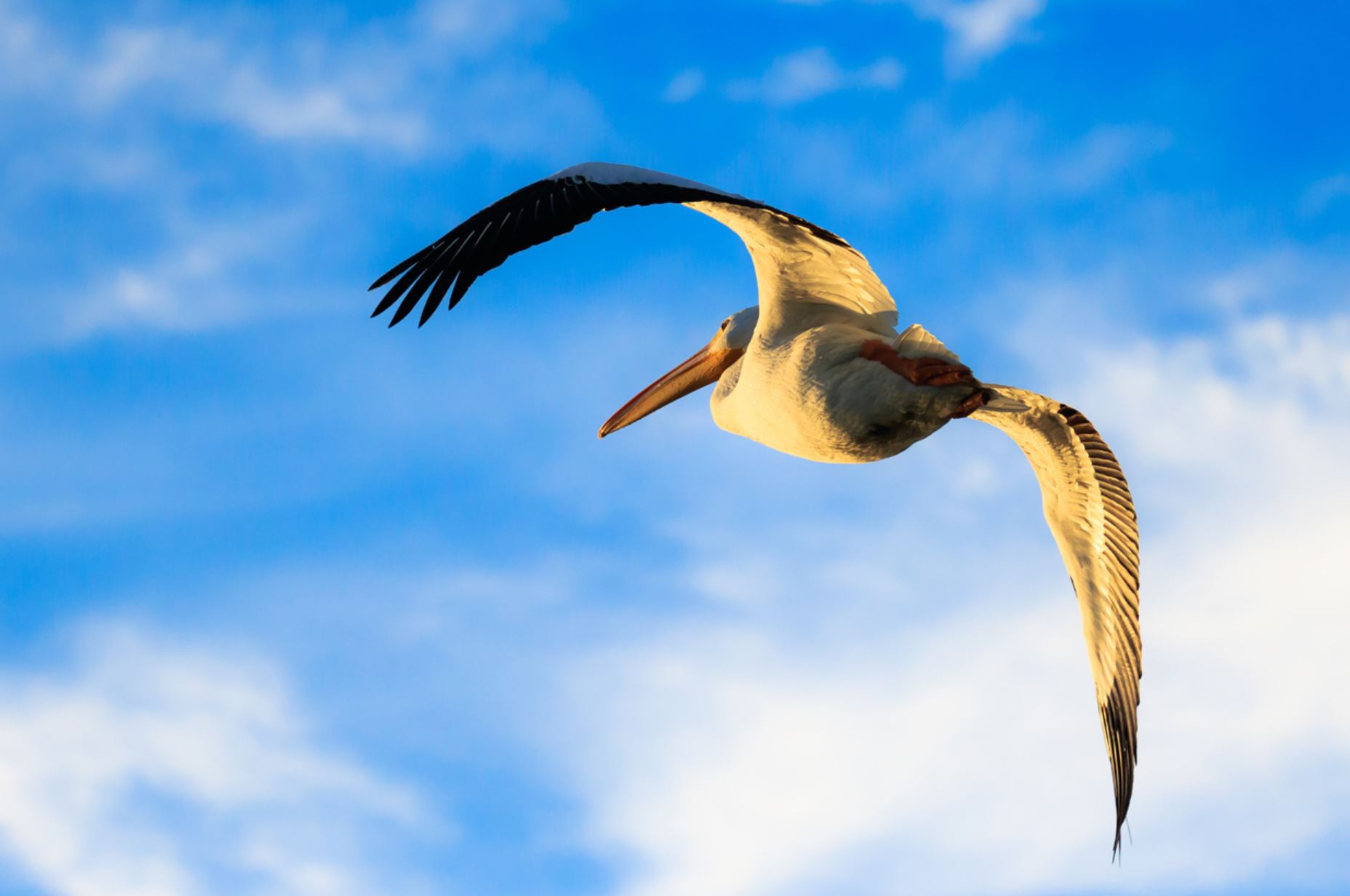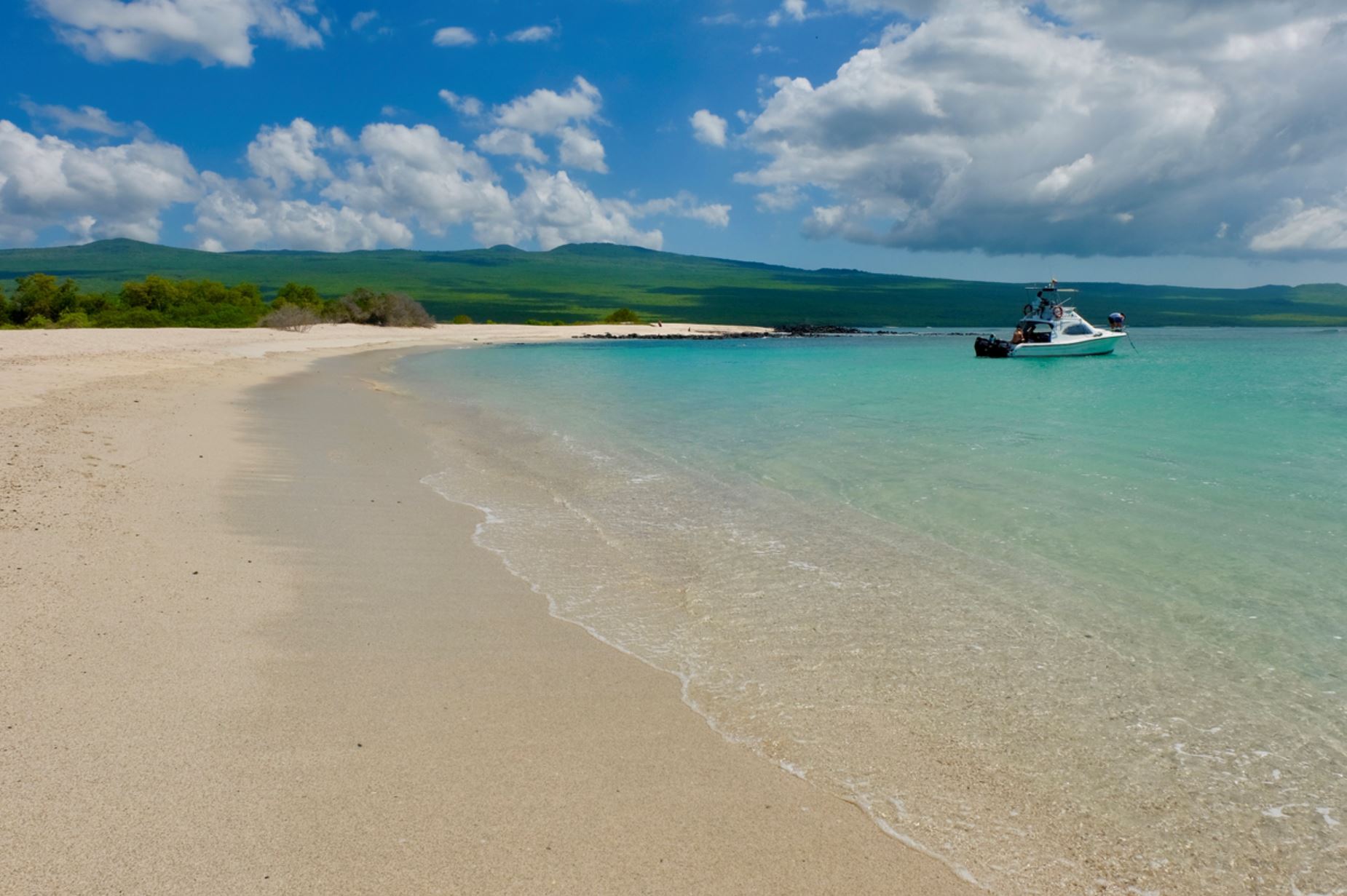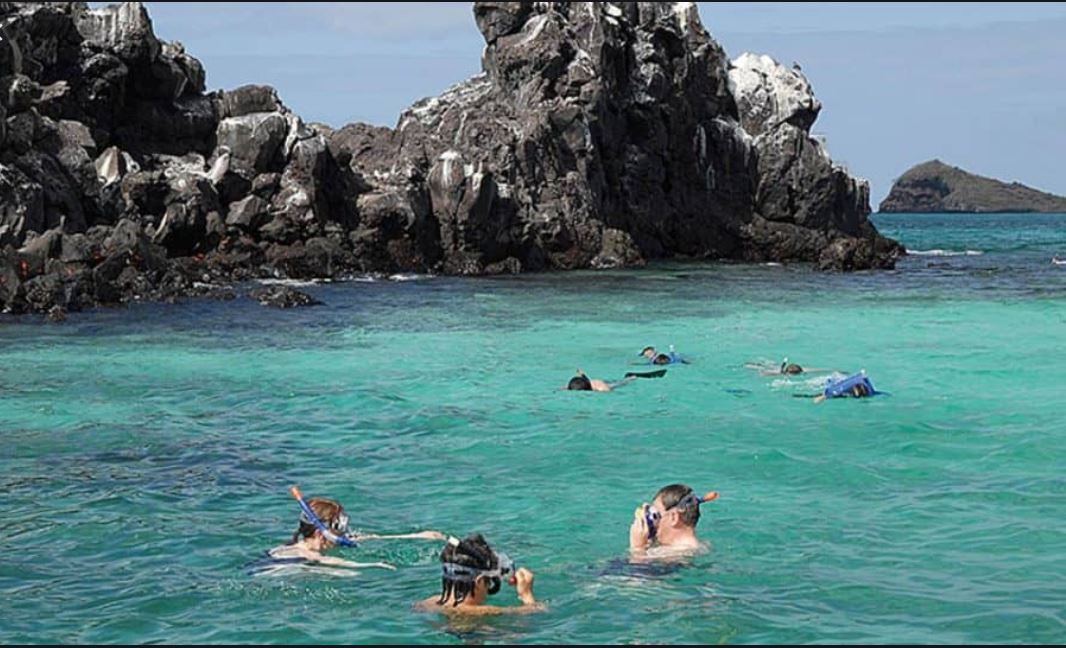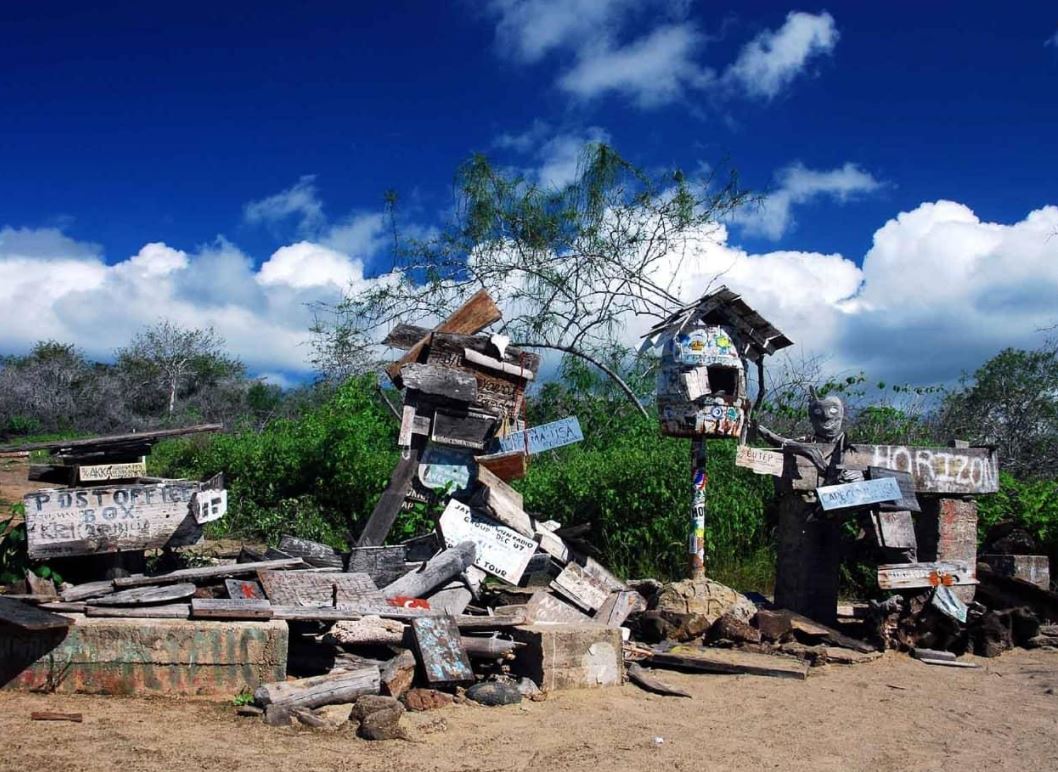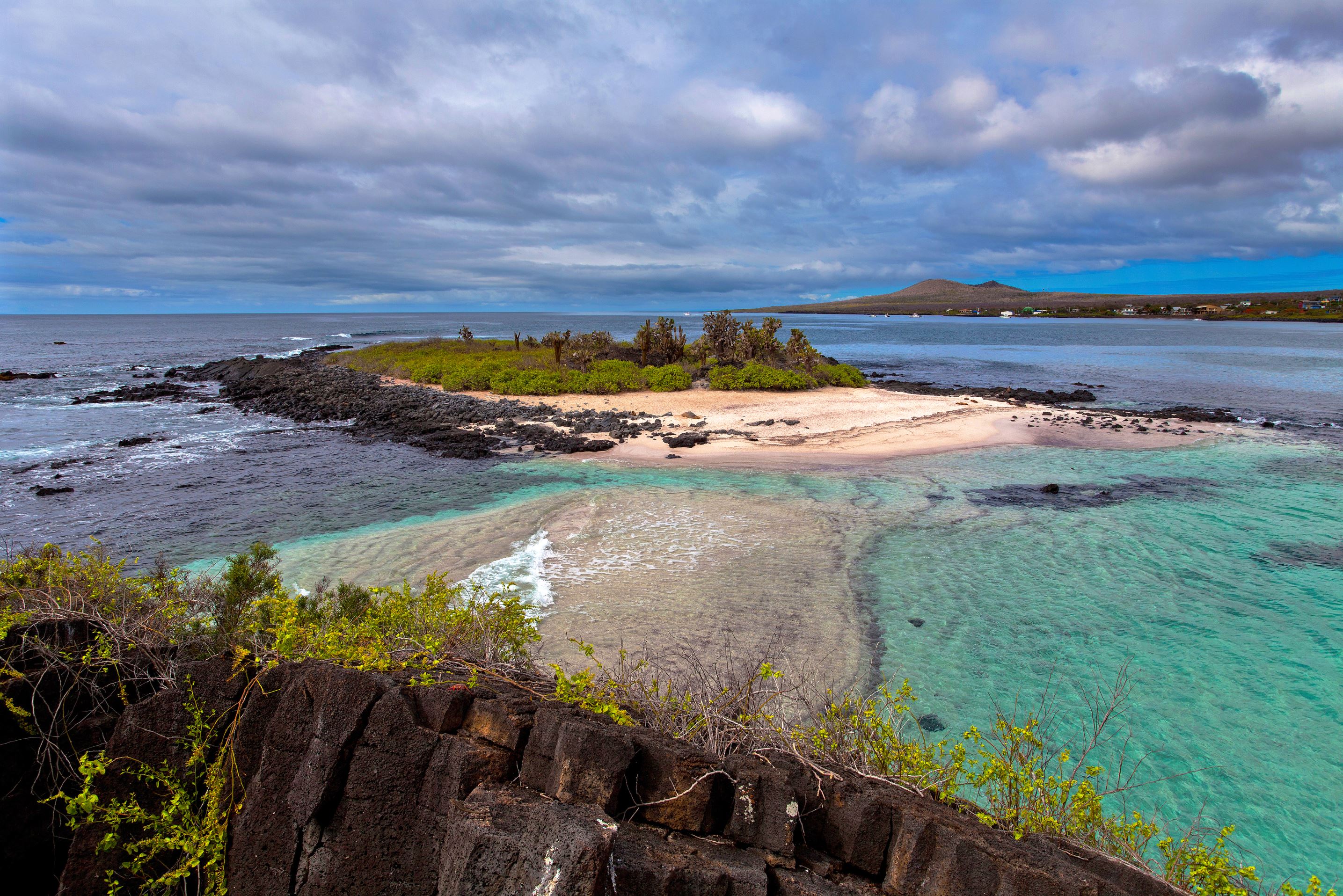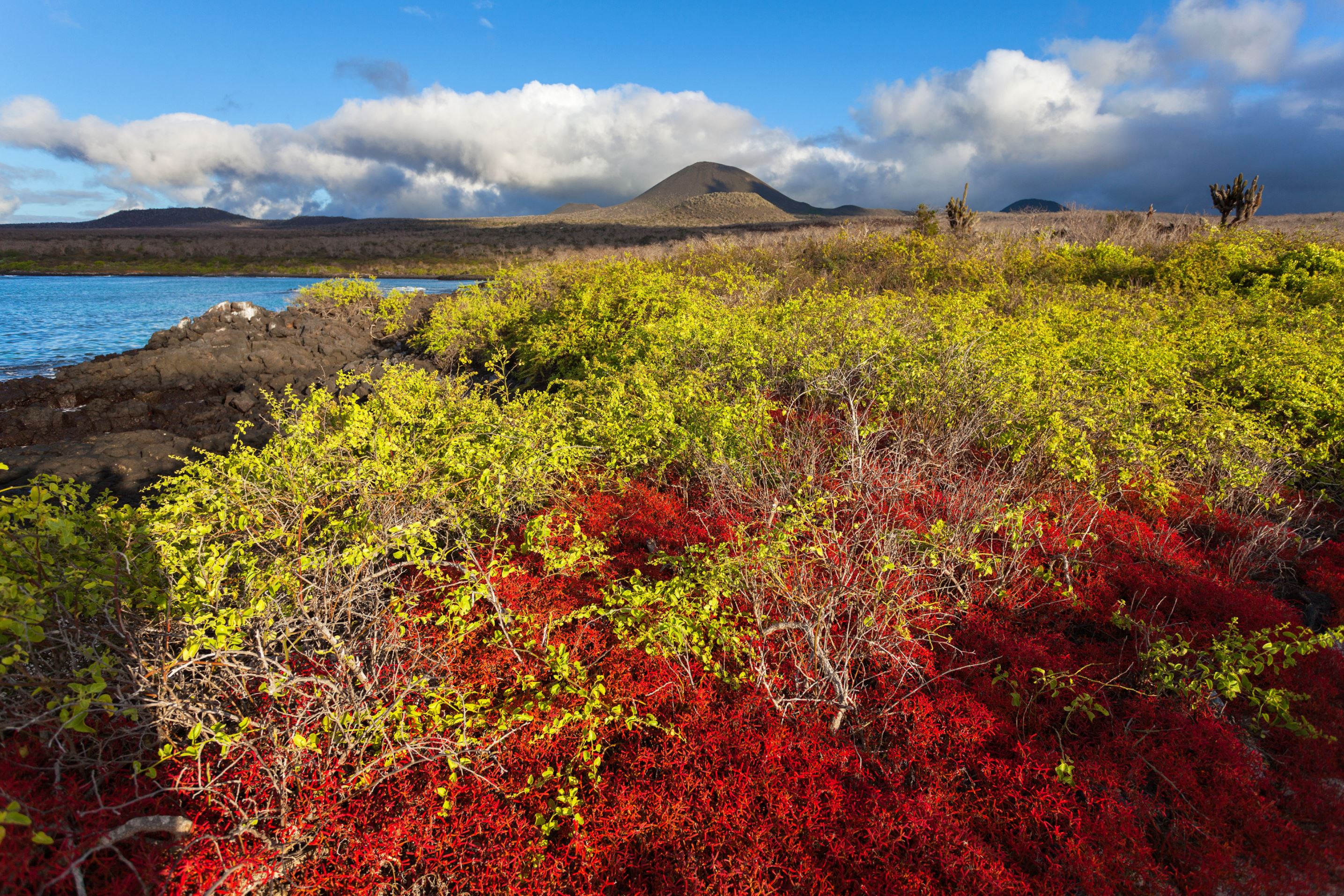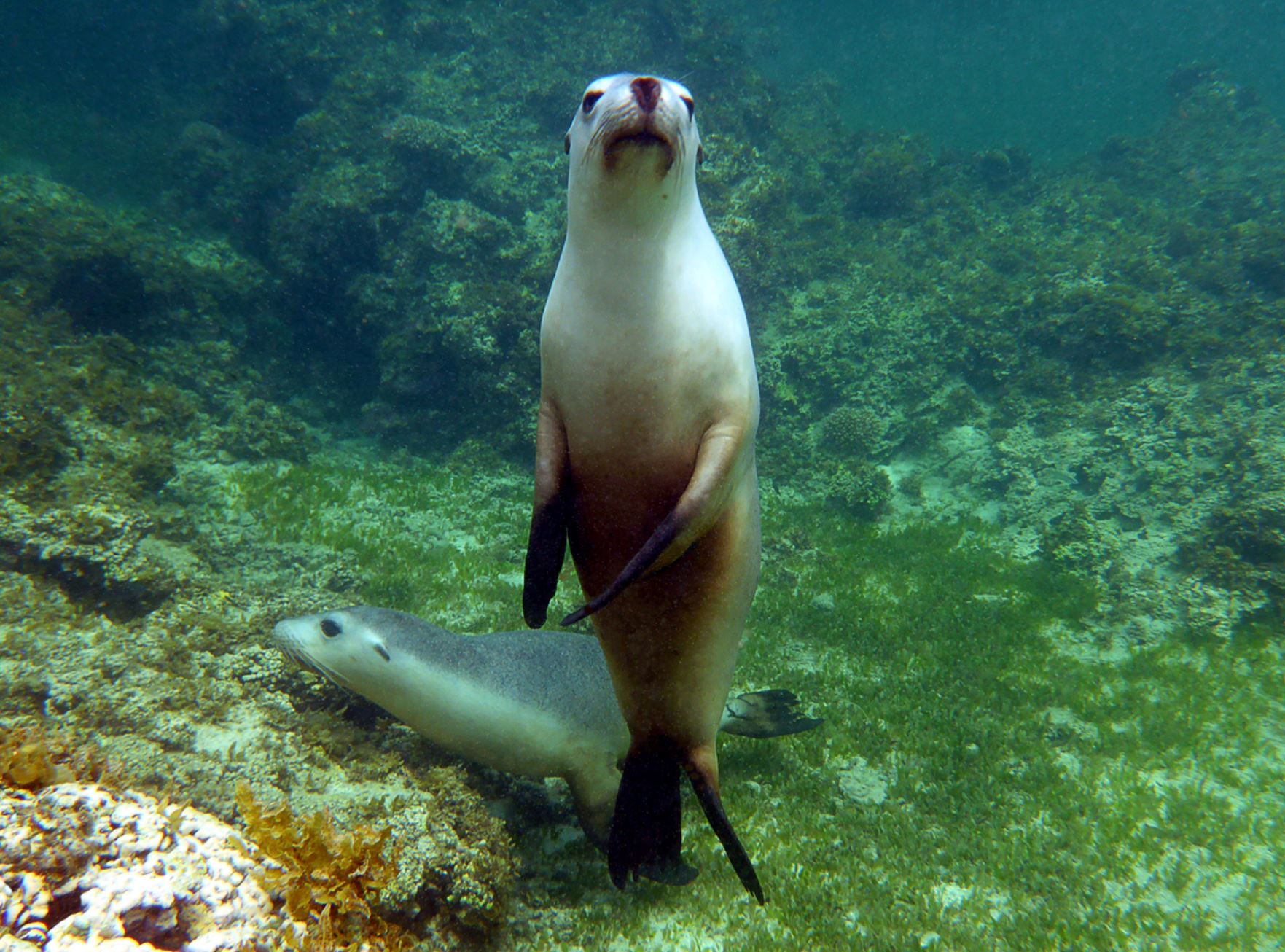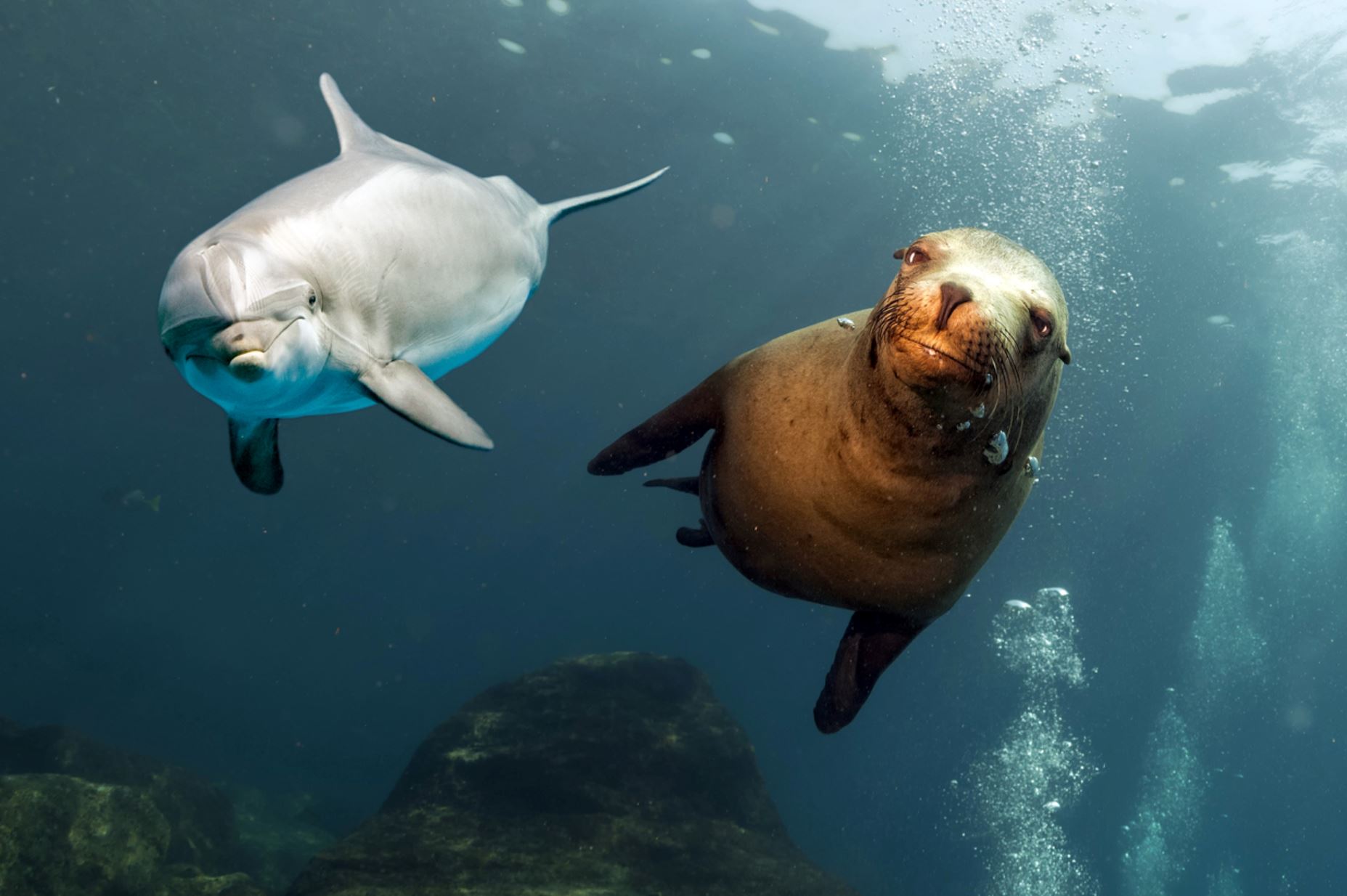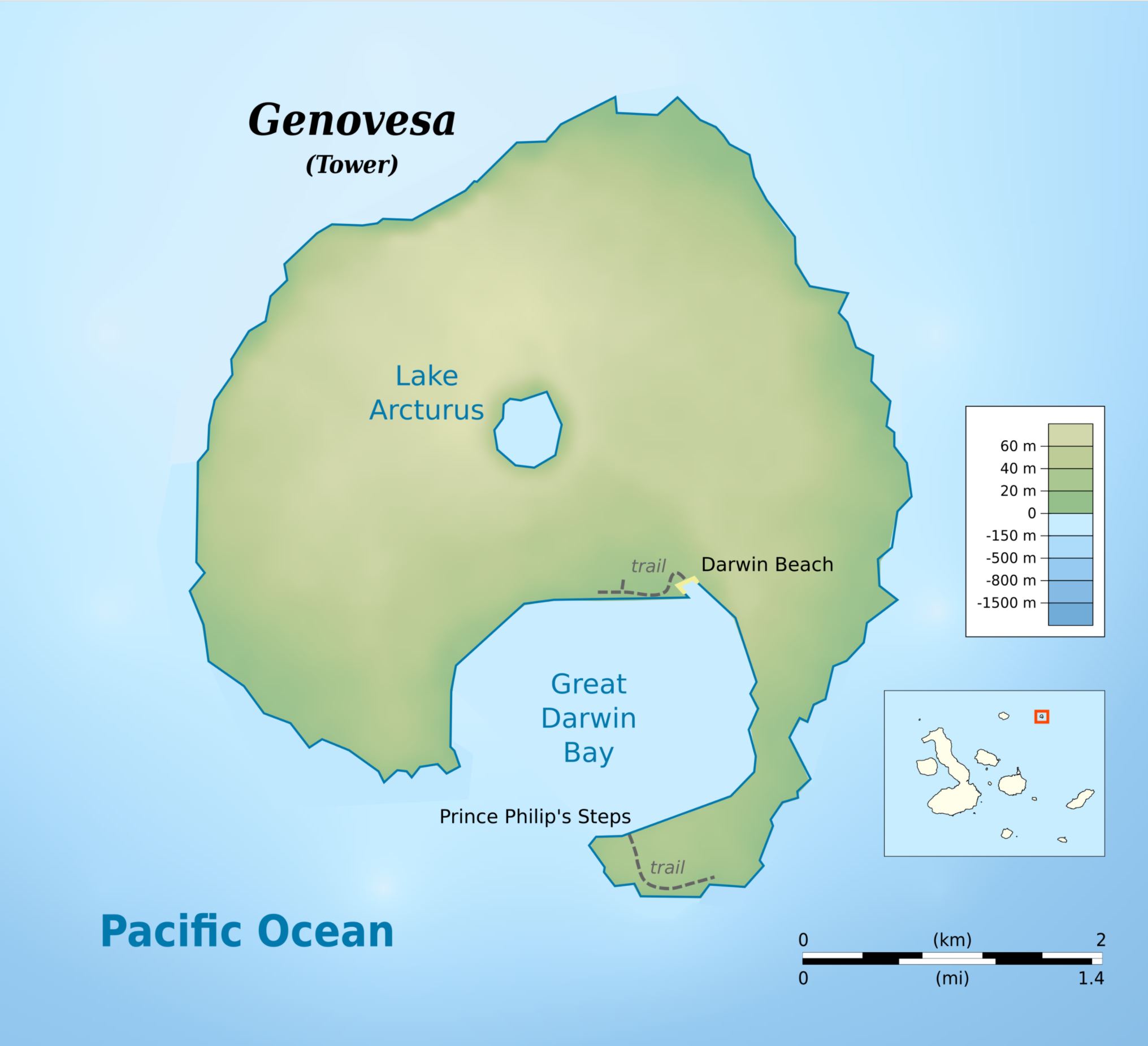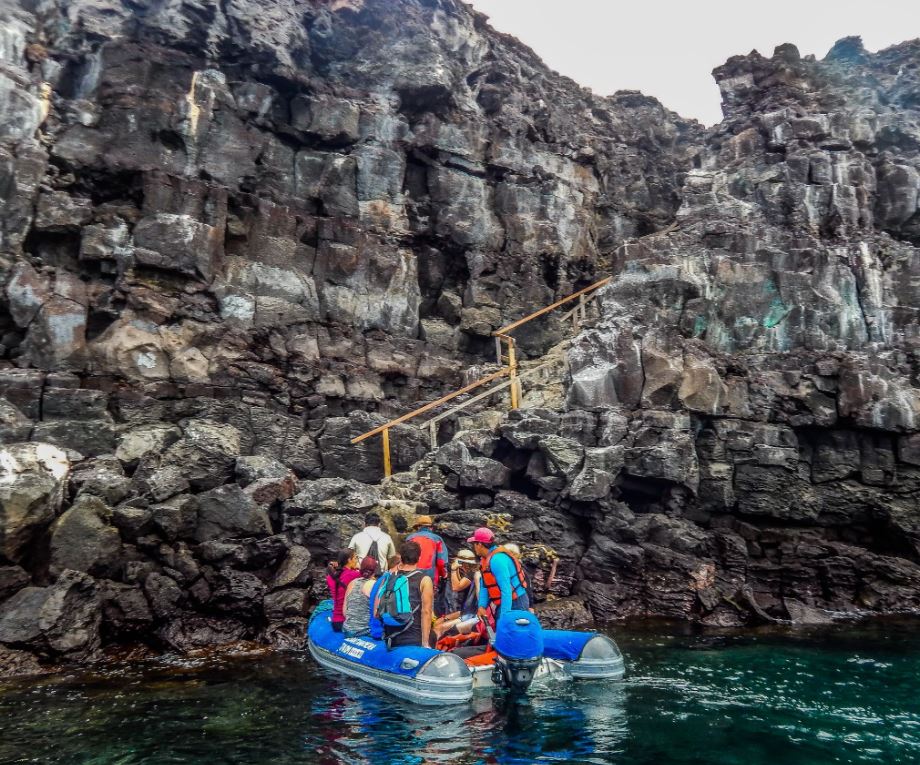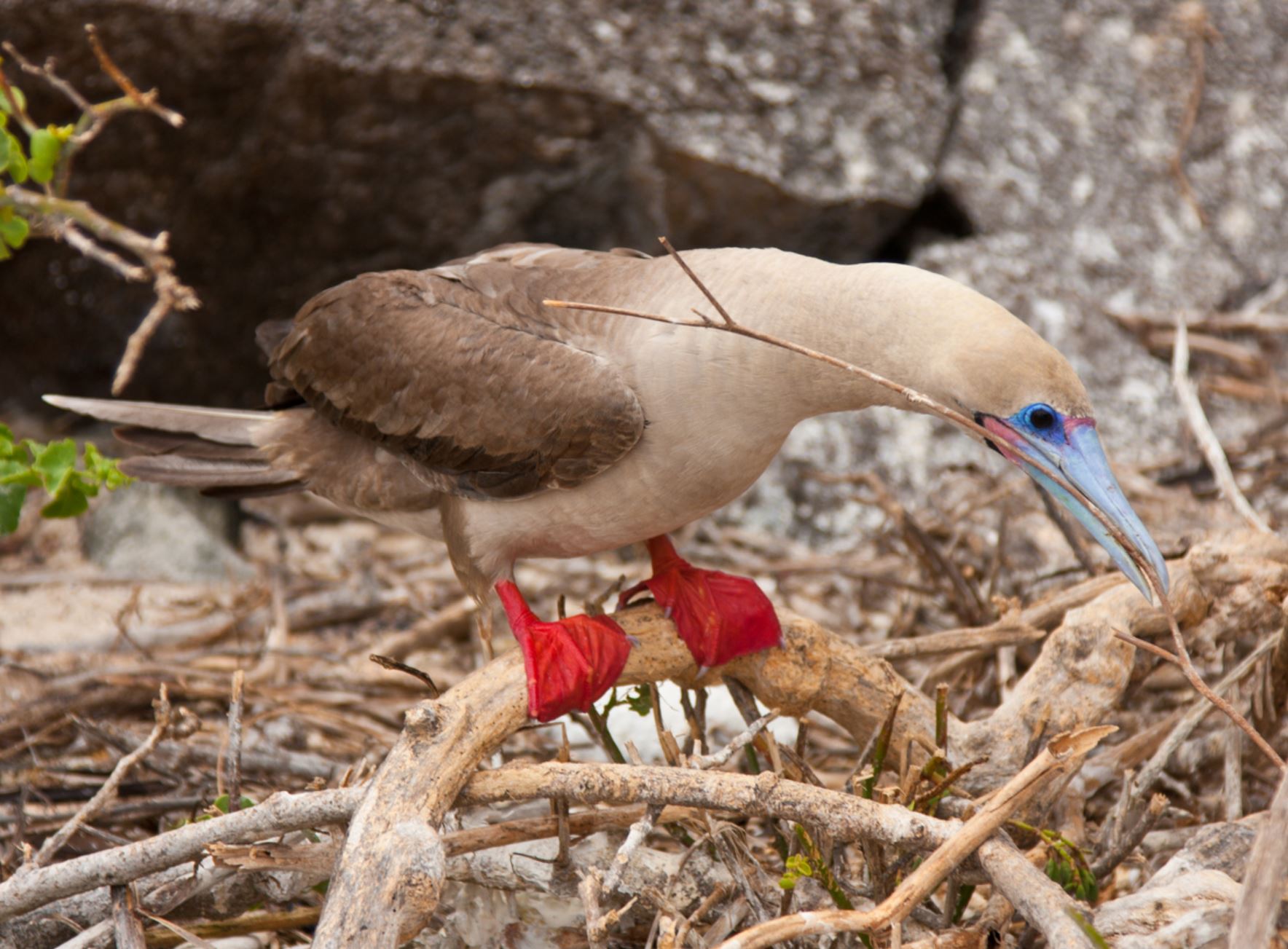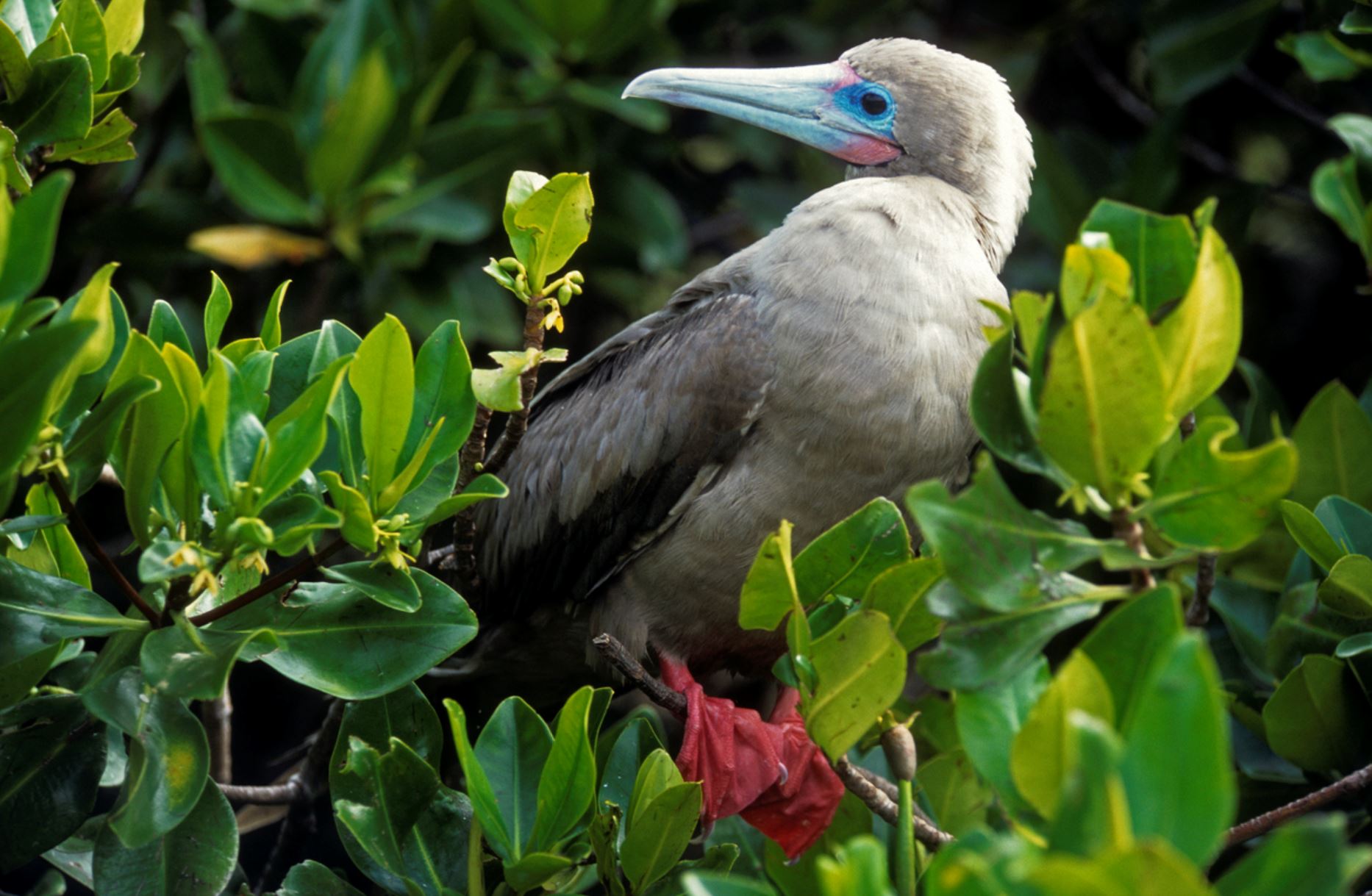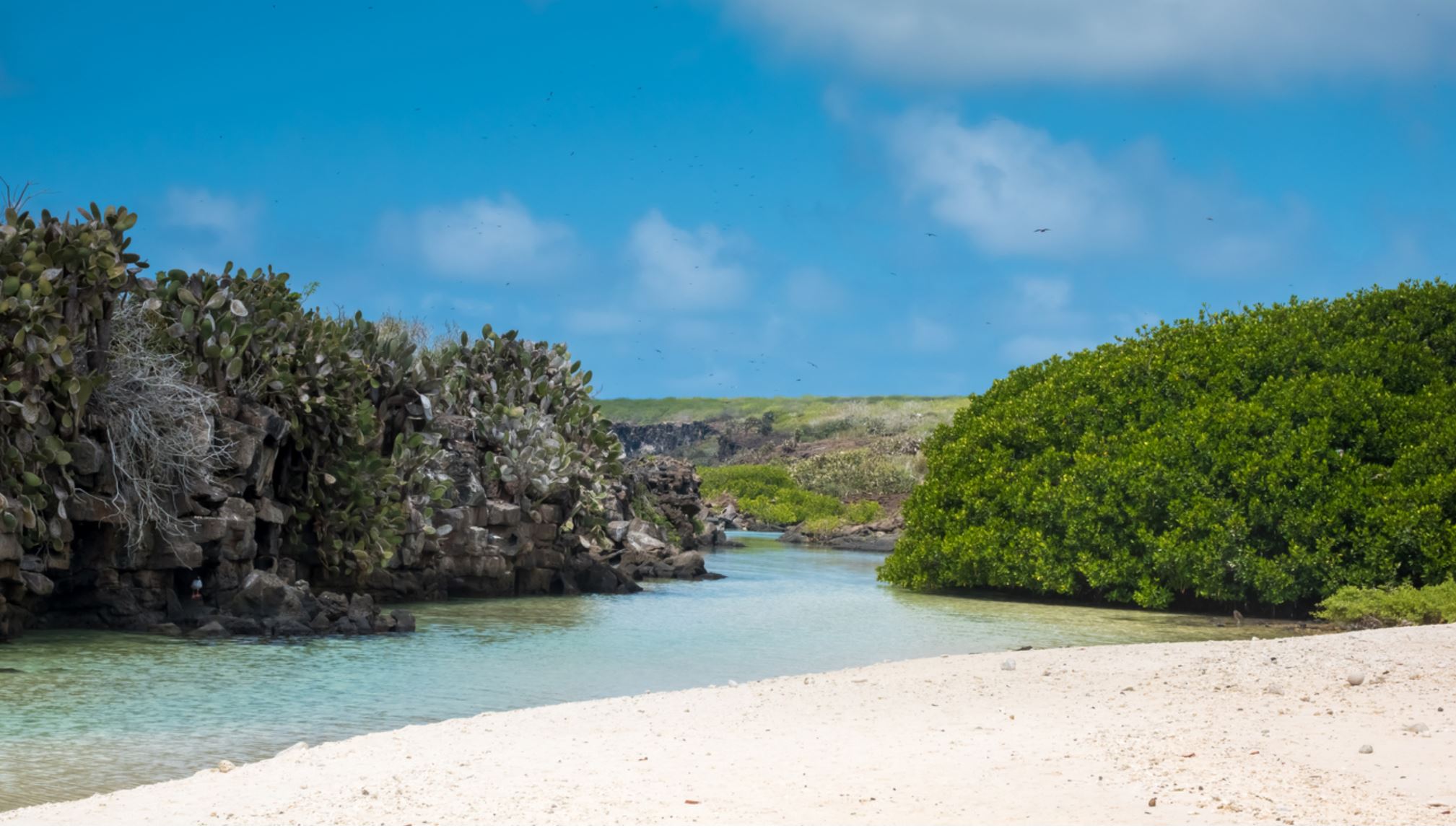Yellow-crowned Night Heron
The Yellow Crested Night Heron, is a smaller heron, similar in appearance to the Black-crowned Night Heron. The Yellow Crested Night Heron grows to around 21 inches and has a wingspan of 44 inches. It is a fairly small, long legged, short necked Heron with a black bill. It is usually found around ponds, swamps and low-land forests. The Yellow Crested Night Heron is a stocky heron with a powder blue or grey body and brown-and-white mottled wings. Their face is black and white and their crowns/crests are pale yellow and sweeps back as a plume.
Yellow Crested Night Herons have eyes that are large and red and a heavy, black beak.
The Yellow Crested Night Heron is a very rare and elusive bird. To find this bird, like any bird, it is necessary to understand what its life is like.
When and where it will be is predictable, but sometimes it is just luck. The sun going down and coming up sets a timetable of activity. High tide and low tide can provide for many a time to eat or a time to build nests.
The Yellow Crested Night Heron is a difficult bird to see. It is called a Night Heron because of its nocturnal habits. It likes cool sleeping spots and nesting over still water. It seems to pick dark shade deep in the woods or caves at the edges of lagoons or in a gallery of trees that stand in water.
The Yellow Crested Night Heron lays pale blue-green eggs in a platform of sticks with a depression in the centre that islined with leaves . . . not easy to visit as it seems to prefer branches that protrude over water.
The Yellow Crested Night Heron feeds upon crayfish, mussels, frogs, snails and small snakes. Its yellowish green legs stand in the water about 2 or 3 inches deep to snatch small coral blue crabs. It throws them down its throat in a typical heron manner. Their common flight call is a high, squawking bark that sounds like ‘kowk’ or ‘kaow’.
- Animal Group: Birds
- Scientific Name: Nyctanassa violacea
- Animal Average Size: 21 in
- Animal Average Weight: 650 – 800 g
Places where you may see yellow-crowned Night Heron in Galapagos: Fernandina, Isabela, Santiago, Genovesa, Santa Cruz, Floreana, San Cristobal
Pictures
Islands where you can see the animal with a little luck:
Isabela
The largest island of the archipelago and is easily recognized due to its shape that resembles a seahorse. Well known for having the second biggest active crater of the world in Sierra Negra Volcano (1.490 m), is located on the west of the archipelago and has one of the richest marine ecosystems. Isabela together with Fernandina are still located over the hot spot, causing volcanic activity until today, making them the youngest islands of the archipelago. Wolf Volcano had activity just last year giving visitors the chance to see how the islands grow and turn into what we know today.
It was formed into a big island mass by six volcanoes that in the beginning were six different islands, five of which are still active. Each one of them is populated by a different specie of Tortoise that used to live in a separated island.
Home of Penguins, Flightless Cormorants, Marine and Land Iguanas and many Marine Birds, Isabela also portrays the picture of the evolving process that these species went through in all different locations of the same island. Named Albermale by the English colonizers, it offers not only diverse ecosystems but also some of the most amazing landscapes and natural sights of the archipelago.
Small human population in the south of the islands. This is one of the four populated islands; about 2200 people live in Puerto Villamil. This town is the result of almost 300 years of interesting human interactions related to military plans and prison breakouts, and today is a welcoming site to explore and encounter the settlements that can tell the story.
Punta Vicente Roca visitor site is the best place to find the famous flightless cormorant. The evolution process that this specie went through can be observed on his behavior and environment on this location, providing evidence to understand Darwin’s theory of evolution. Located on the north side, the head of the sea horse is a very important marine productive area, hit by the Cromwell Current, offers the most extraordinary marine life so it is considered one of the best diving spots of the archipelago. Whales and sharks are often seen in our visits.
Bahia Urbina visitor site is located on the central west side of the island and is the only place of the archipelago where tortoises have been born and are still there, in other words, they are a natural, untouched population. All other have suffered migrations or problems with introduced species.
Visitors sites: Albemarle Point, Arnaldo Tupiza Tortoise Breeding Center, Cape Marshall, Concha de Perla, Cowley Islet, Elizabeth Bay, Las Tintoreras, Moreno Point, Puerto Viallmil, Roca Blanca, Sierra Negra Volcano, Tagus Cove, The Wetlands, Urbina Bay, Vicente Rock Point, Wall of Tears
Santa Cruz
It is located on the center of the archipelago, the reason why it is the biggest human settlement, with a population of about 19 thousand people. This island is the most developed in terms of human population that started when one man was abandoned and survived in an old scientific settlement as the Course of the Tortoise tells. The highlands of Santa Cruz are one of the biggest green areas of the archipelago; therefore agricultural activities started on the early 40s and grew rapidly from there. The Charles Darwin Research Station was developed in town on 1959 and has allowed scientific research and conservation projects progress. In between the facilities there is the tortoise breeding center which objective is to rebuild an almost extinct population in Española island where only six individuals where remaining. Today, these efforts have restored the population to over one thousand individuals. Also named Indefatigable after the military British vessel,
The largest accessible lava tunnels. Underneath the ground hundreds of lava tunnels have been formed by different temperature kinds of lava flow. Some of these tubes are several kilometers long and even though most have collapsed with time and erosion, a couple of them are still there to be visited. They offer the visitor the chance to understand why the stories of pirates and treasures are related to these geological formations.
The biggest tortoises in accessible visitor site. The highlands of Santa Cruz have a big wild population of Tortoises, they walk freely around the private and National Park lands. In our visit to this area, one can notice the difference in size from these animals to others in other visiting sites. There are 15 subspecies of land tortoises in the Galapagos, 4 from which are extinct. They present two different tortoise shell shapes, the Saddleback and the Dome shape. Santa Cruz has tree tortoise subspecies that show both kinds of shells and allow visitors to notice the difference and once understand the evolutionary process that shaped them into this giant prehistoric like animals.
This island has six vegetation zones, each one very different to the others. The contrast of the arid or littoral zone located on the base of the island just a few meters from the ocean, and the scalesia and miconia zones, only to be found in San Cristobal and in this island at about 700 meters above sea level, is portrayed by the landscape and the ecosystems. One of the rarest bush forests stands in the center of the island, spread on top of the Twin Craters.
This island also has some of the largest mangrove areas, a very important ecosystem for all marine life and many terrestrial species. These zones are the nursery of most marine fish and shark.
Tortoises, lava tunnels, white-sand beaches and a picturesque modern town Puerto Ayora bring lift to one of Galapagos greenest, most tropical islands.
Visitor sites: Bachas Beach, Ballena Bay, Black turtle Cove, Carrion Point, Carrion Point Dive site, Charles Darwom Station, Dragon Hill, Eden Islet, El Chato Giant Tortoise Reserve, Hacienda Primicias Reserve, Village Puerto Ayora, Santa Cruz highlands, Tortuga Bay, Twin craters
Fernandina
Probably the only island in the world without introduced species. Admire astounding volcanic landscapes at a site often perceived as a ‘land without time’.
The youngest island of all, only 300 thousand years and is still active. Is located on the west side of the archipelago; siting on top of the hot spot. During the Galapagos National Park existence there have been 13 eruptions, the last eruptions ocrurred on the 2005 and 2009 and the 4th of September 2017 (eruption of the Cumbre volcano).
It is an unpopulated island.
Because of the lava flow only mangrove zones and pioneer cacti have survived its geological environment. This specie has created one of the most amazing and attractive miniature forests in the world, a place to evidence adaptation skills to the absence of soil.
The land of Dragons: This island has a big population of Marine Iguanas that survive thanks to its adaptation to feeding on algae. This is one of the best places to evidence the features that back in the day, pushed the Iguanas to evolve into marine animals, here you can visit the blackest and biggest iguanas of all visiting sites. Also a population of Land Iguanas inhabit the active crater of the island.
Flightless Cormorant biggest population to be visited. This island is home for this famous bird that lost his ability to fly because in his environment it wasn’t needed. This bird adapted to food availability being underwater so it developed amazing swimming and diving skills. To visit this colony is to evidence the evolutionary process alive.
Magical light: Its geological nature gives this island a very special light due to its reflection on the minerals and ground, it portrays a polarized picture of reality. It has a very distinct atmosphere from any other location in the archipelago.
Visitor sites:
Cape Douglas, Espinosa Point, Mangle Point
Santiago
It has the biggest and longest lava flow, which is located in Sullivan Bay. Geologically speaking, this island is one of the most beautiful and unbelievable formations. The vast basaltic landscape performs smooth and unbroken surfaces with undulations and nods formed by the fluid lava that created the sculpture. It is located on the central west of the archipelago and is formed by two overlapping volcanoes. It is the 4th biggest of the archipelago.
It is an unpopulated island.
In Puerto Egas explore deep pools and caves carved from the lava shoreline, home to playful Galapagos fur seals as well as a variety of resident and migrant bird species.
Sombrero Chino offers a spectacular snorkel, swimming by a channel of shallow water, nursery of thousands of marine species and a small colony of penguins. Something to notice today in this island is the absence of the thousands of land iguanas that Charles Darwin mentioned on his diary. They completely disappeared due to the presence of introduced species; especially goats and rodents that today, are gone. This is the biggest island on earth where introduced animals were eradicated. Tortoises have the chance now to repopulate the island, and they can be seen more and more often in our visits.
Charles Darwin Journey on Santiago: This is the island where Darwin stayed the longest, he knew already that the islands were something bigger and more important than they seemed when he first arrived, so on his visit, he expend 2 weeks and walked the whole island. Here he first noticed the difference in between the tortoises from different islands, which had different shapes and sizes.
This is an amazing location featuring the remains of an eroded shoreline that is home to seabirds, fur seals, and playful sea lions. Its different shapes have been made throughout and erosion process of the salty waves and wind. Espumilla beach is a white-sandy front located in James Bay very popular among visitors.
Espumilla is a typical Ecuadorian dessert made of fruit and eggs which consistency is very similar to a foamy dessert which can also describe the foamy waves of this site. There are mangroves and a small palo santo forest that lead to salty lagoons that are home to wading birds such as flamingoes.
In the upper dunes, marine turtles nest can be also observed. The clear waters are a great place to snorkel to see assorted fish and rays.
Activities: 1 hour hike / 45 min beach snorkeling
Highlights: Volcanic black beach and wonderful landscapes, fur seal grottos, sea lion colonies, herons, hawks, oystercatchers, finches, doves, white-tipped sharks, sea turtles. We will be able to see the vegetation from arid to humid climate zones, but they have been seriously affected by intensive foraging by introduced goats, now eradicated. The surrounding area is a prime place for spotting and observing hunting herons-namely Great Blue Herons, Yellow-crowned Night Herons, and Lava Herons- as well as oystercatchers. Visitors will enjoy the sight of marine iguanas grazing upon algae beds at low tide, sharing space with the crimps on red Sally light-foot crabs and other wading birds.Visitor sites: Albany islet, Buccaneer Cove, Chinese Hat, Cousin Rock, Egas Port, Espumilla Beach, James Bay, Salt mine Volcano, Sullivan Bay
San Cristóbal
One of the oldest and closest to the continent, located on the east of the archipelago, which means it is the farthest of the hot spot of all, about 200 kilometers away from it with no volcanic activity. It is formed by four volcanoes bonded together and is the most humid island due to underground aquifers and fresh water flows. The English named it Chatam because of the British Prime Minister William Pitt of Chatam. It holds the biggest fresh water lake of the archipelago called El Junco, located on the south center part of the island about 660m above sea level. San Cristobal is one of the two only places where the Red Footed Booby can be found in a nesting colony in Punta Pitt visiting site.
This island is the capital of the archipelago, Puerto Baquerizo Moreno, with a population of about 7 thousand people. Human development started on the early 1832, firstly on the highlands on a sugar production settlement. An Interpretation Center was developed in town, where visitors can learn about the biological and historic facts that conform the islands.
Charles Darwin Journey on San Cristobal. This is the first Island visited by Charles Darwin, and his first impression of the dry coast he saw was of a deserted and isolated place. He did not find the tropical richness he expected, but he had the chance to collect the first specie that later on would be the start of his Theory of Evolution, the San Cristobal Mockingbird.
Punta Pitt visitor site is one of the two only places where the Red Footed Booby can be found in a nesting colony and offers an amazing red landscape full of Sesuvium, a very special endemic plant specie that turns color depending on the season. It has a magnificent beach formed with Peridot, a sparkly mineral creation that shines green with sunlight.
Cerro Brujo visitor site is the only place in the archipelago where Red Footed Boobies, Nasca Boobies and Blue Footed Boobies are found nesting together.
Tijeretas visitor site is the very first point that Charles Darwin visited on his journey. Not far from the interpretation center, there is a calm water rocky bay, a magnificent snorkel area and view site for nesting Frigate Birds, animal from which the place takes its name, Tijeretas.
Cerro Colorado visitor site on the southwest side of the island holds the facility of the Tortoise breeding Center, an semi natural area built for the purpose of rebuilding the tortoise population of the island and their conservation.
Visitor sites
El Junco Lagoon, Kicker Rock, La Galapaguera Jacinto Gordillo Breeding Center, Interpretation Center Gianny Arismendi , Tijeretas Hill, Lobo island, Pitt Point, Puerto Baquerizo Moreno, Puerto Chino, Witch Hill
Floreana
The first successfully populated island is located on the south east of the archipelago, and is formed by several eroded mountains. Today, less than 200 people populate the island.
Island of mystery. This island witnessed the visit of many sailors, whale hunters and many other adventurers that reached it in search of water, tortoises and even isolation. The dramatic story of the Baroness had place on its beaches and lagoon, and many travelers still today hear from strange events that took place here.
Post Office Bay: the messaging system of the pirates. This island still has a mailing system that was used back in the day by sailors and others that still today receive letters and post cards to be sent to all destinations by visitors that come to the location and leave one of their own.
This Island has very unique ecosystems all very different from each other that can be visited. The singular kinds of beach of different colors, the green and the white one, and the fresh water lagoon where flamingos can be observed during the hot season, gives this island a special place in the archipelago. Marine Turtles nesting, Sea Lions, and Blue-Footed Boobies are some of the highlights of the visit. On this location most flora and fauna are endemic even though there has been a populated town since 1832.
Charles Dawin Journey on Floreana. In this island, Darwin collects the Floreana Mockingbird, later to realize the difference in between the four species to be found in the archipelago and understand a pattern of evolution due to the adaptation differences from each other
Animals: Flamingos, red billed tropicbids, herons, hawks,turtles, sharks, stingrays
Plants: Scalesia Villosa, Lecocarpus Pinnatifidus, Nolana, Sea Grape.
Visitor sites:
Asilo de la Paz, Baroness View Point, Champion islet, Cormorant Point, Devils Crown, La Loberia, Post office Bay, Puerto Velasco Ibarra
Genovesa
Genovesa Island (Spanish: Isla Genovesa), named after the Italian city of Genoa, in honor of Christopher Columbus, (referred to in English as Tower Island) is a shield volcano in the Galapagos Islands in the eastern Pacific Ocean. The island occupies about 14 square kilometres (5 sq mi), and its maximum elevation is 64 m (210 ft). The horse-shoe shaped island has a volcanic caldera whose wall has collapsed, forming the Great Darwin Bay, surrounded by cliffs. Lake Arcturus, filled with salt water, lies in the centre, and sediment within this crater lake is less than 6,000 years old. Although no historical eruptions are known from Genovesa, there are very young lava flows on the flanks of the volcano. Genovesa is one of the most precious islands to visit in a Galapagos cruise! Genovesa is also known as the “Bird Island“, and it most certainly lives up to certain standard in a spectacular way. Passenger will have the opportunity to enjoy the most representative birds of Galapagos as: Puffball–chicks, white both yellow–crowned and lava herons, Red footed boobies contrasting with the Nazca booby and also the Sawllow–tailed gulls, the only nocturnal gulls in the world that will be nesting at the cliff’s edge.
Visitors sites: Darwin Bay, Prince Philp´s Steps
Mr. Frobeen can give you precise information about the ships.
Mr. Frobeen will be happy to advise you by phone at +49 (0)7633 9399360 or via email info@frobeen.de
If you want to book, what are the payment methods?
The reservation is gratis as an option.
If you want to make an fixed booking, there is to pay a deposit of 20%.
The remaining payment is due 4 weeks before departure. In individual cases, such as diving cruises, other rules apply. Information on request.
- Your payments are insured against bankruptcy!

